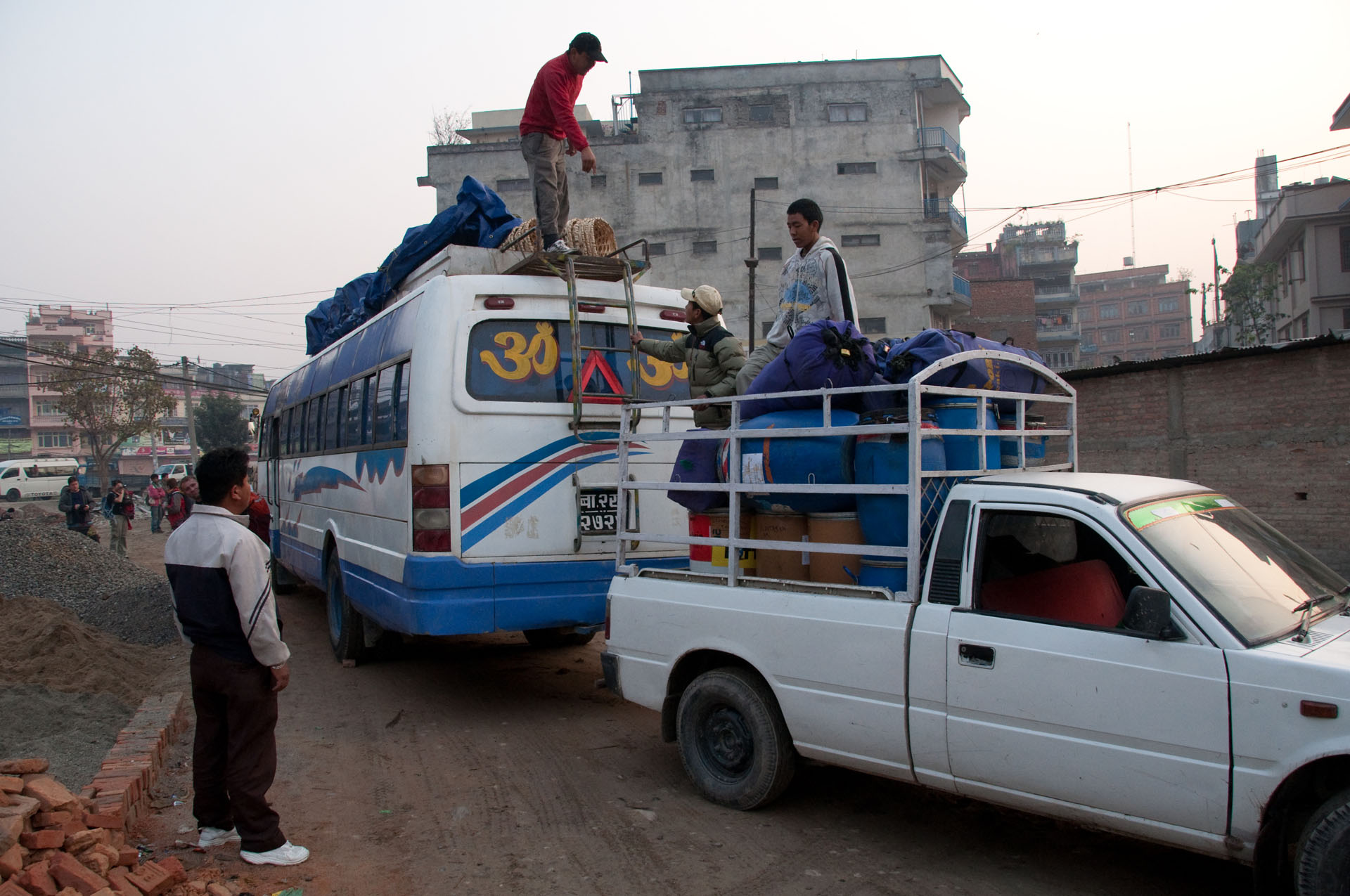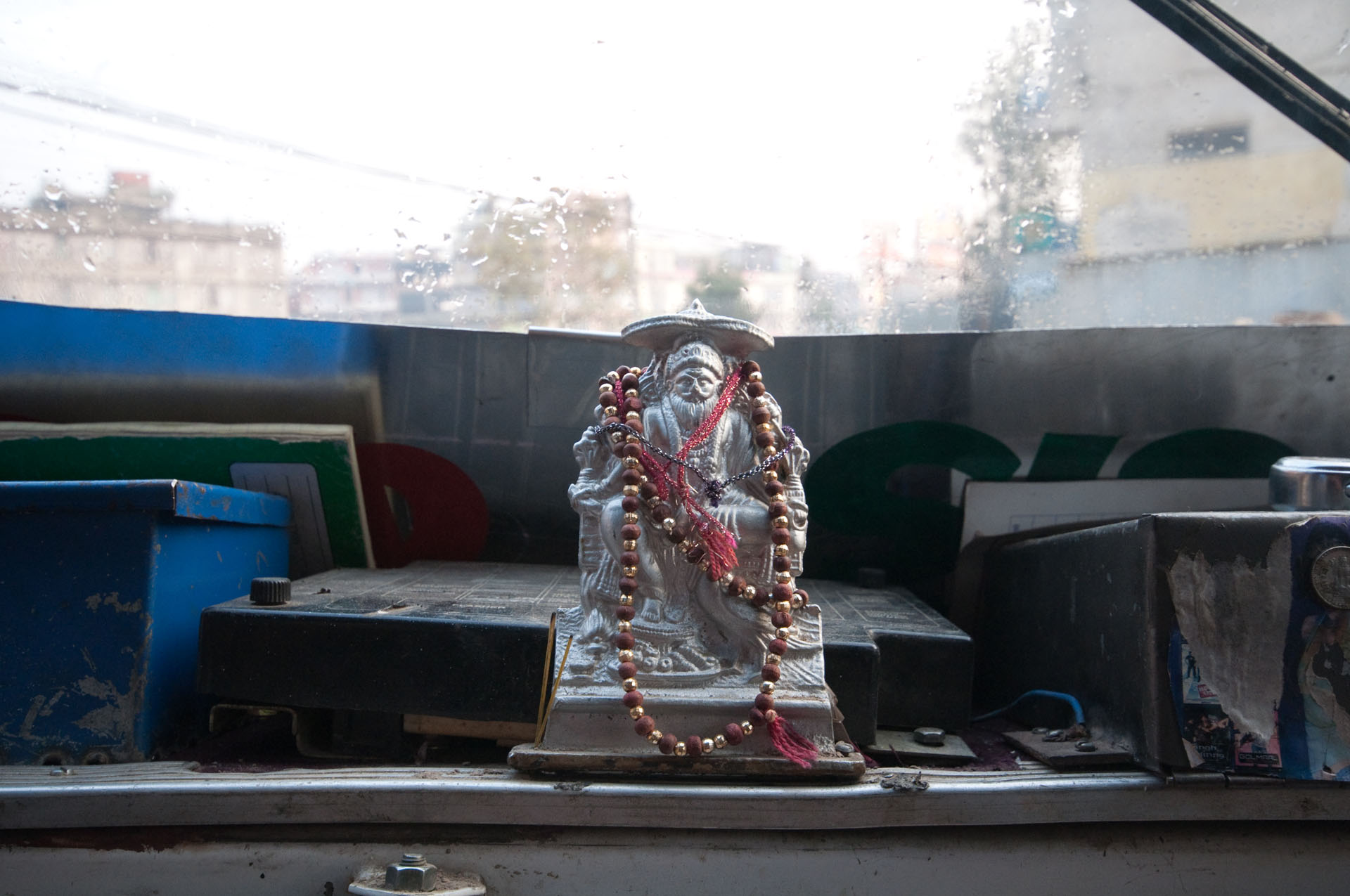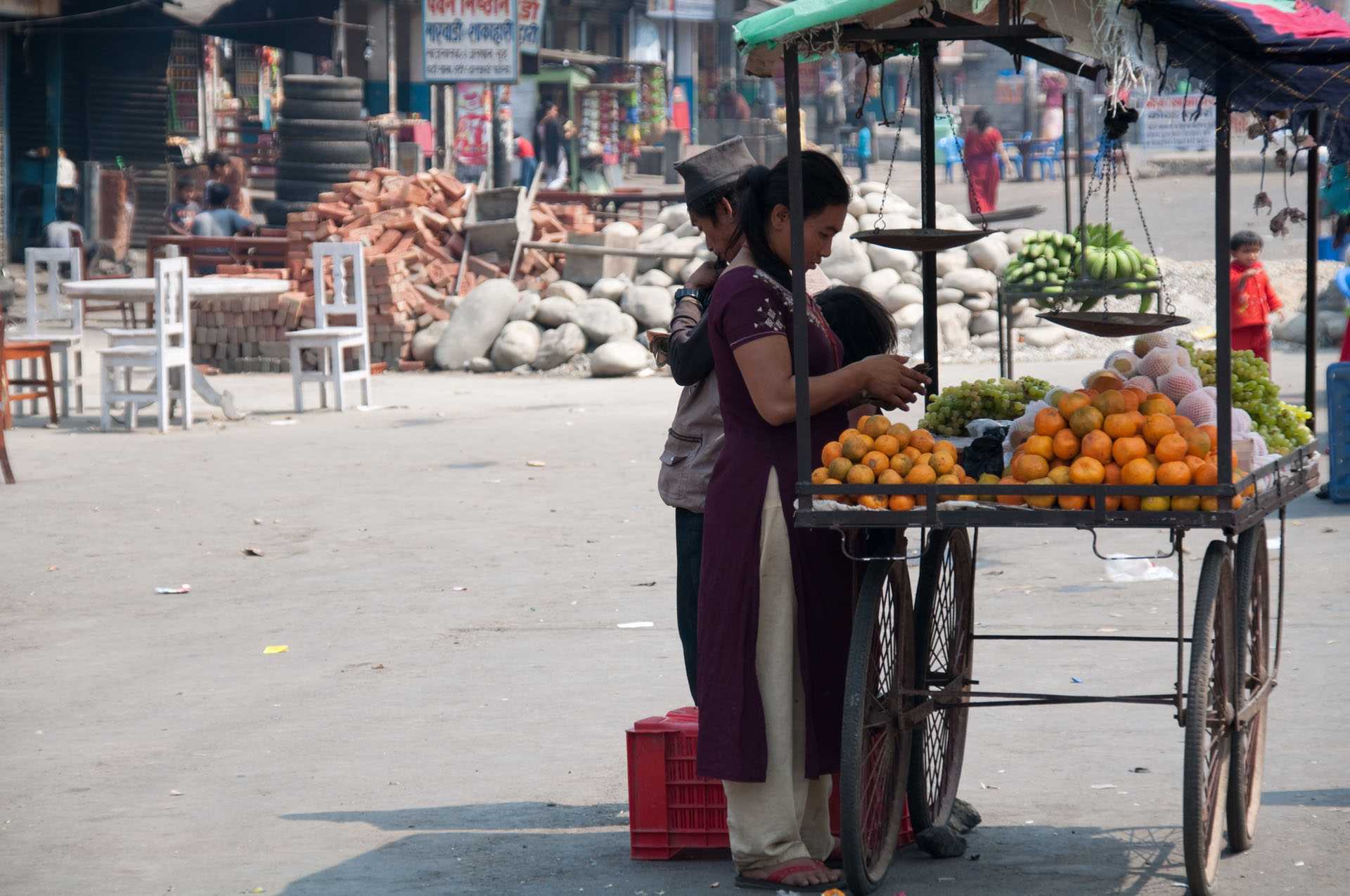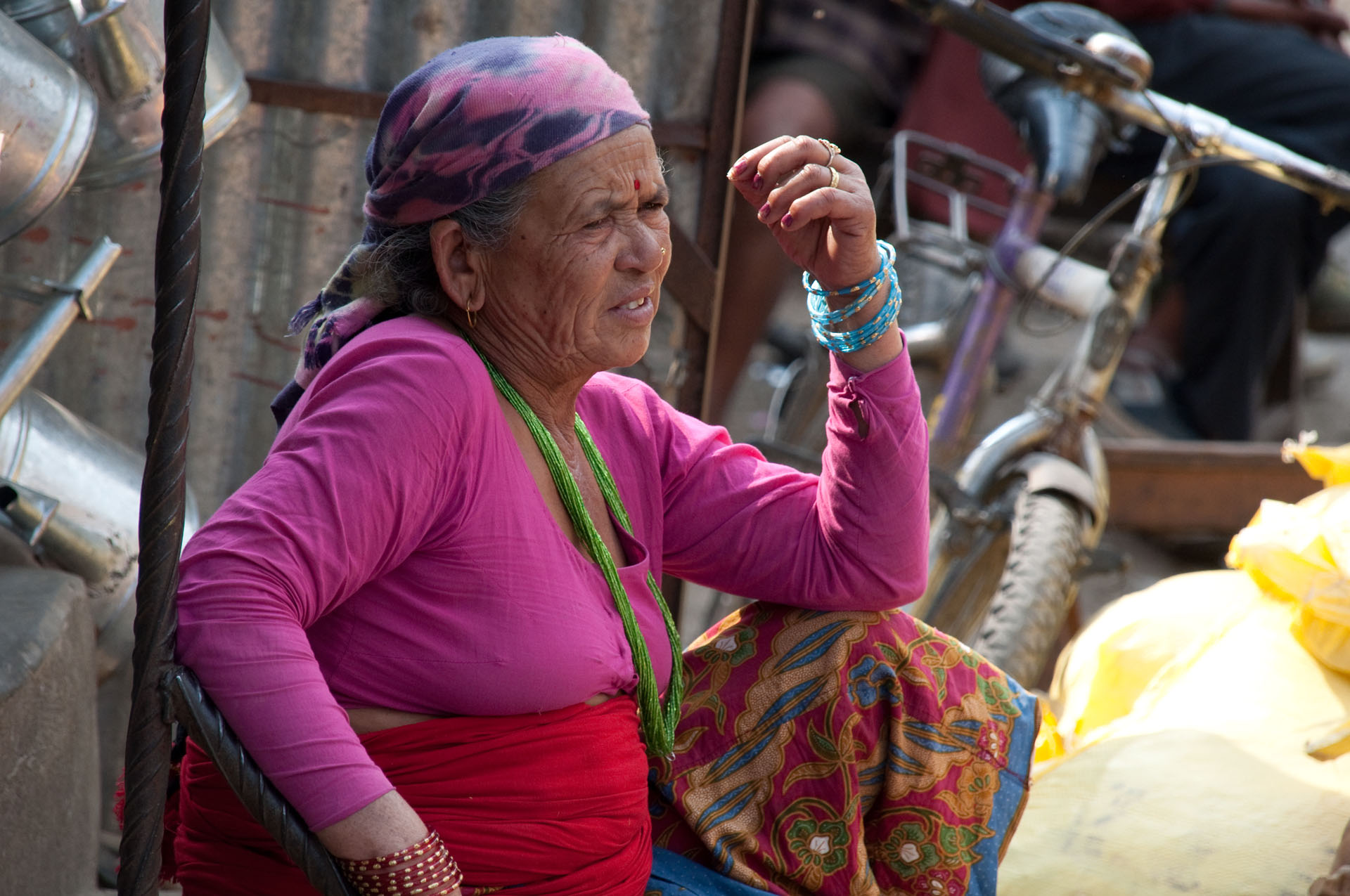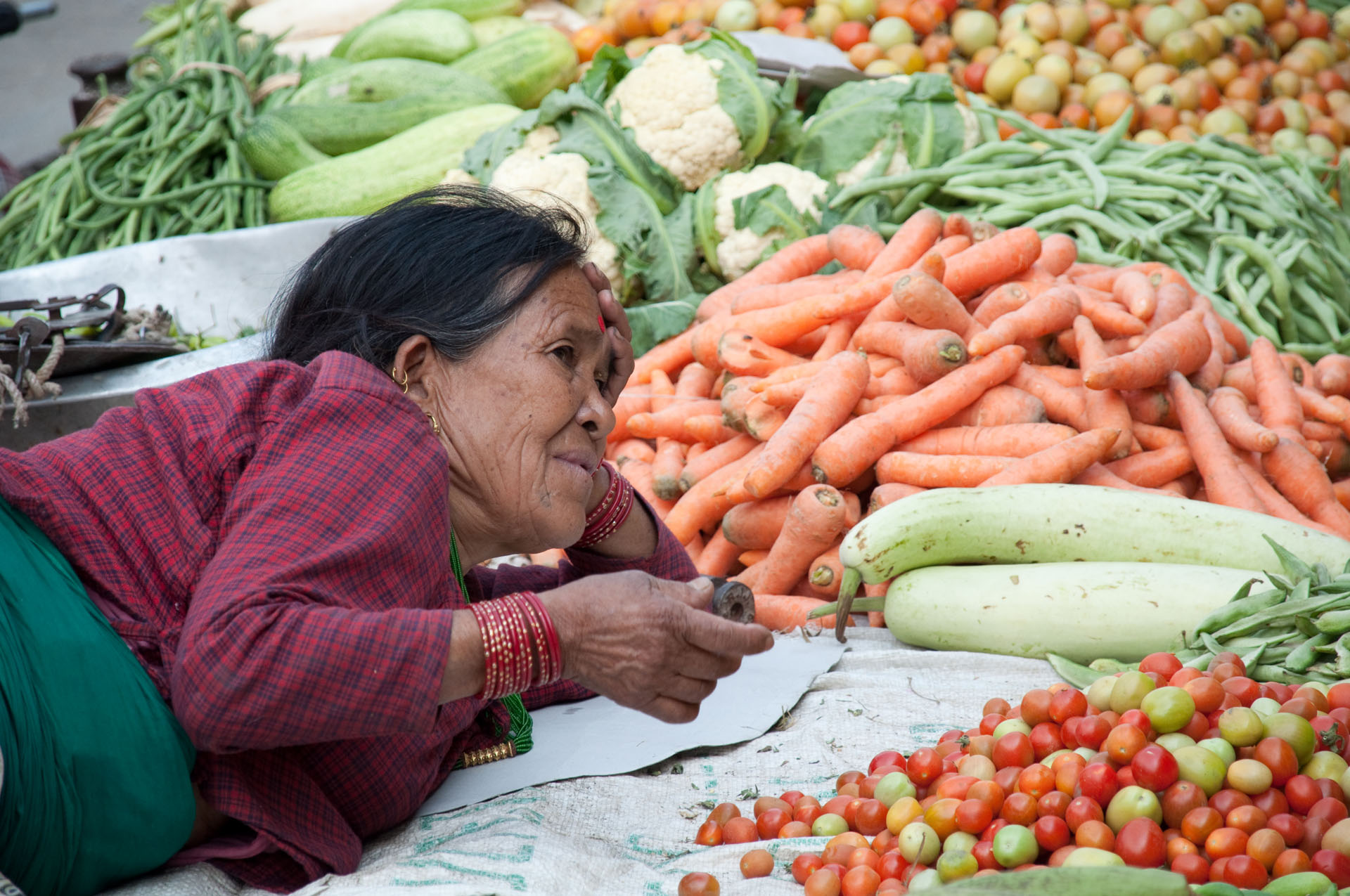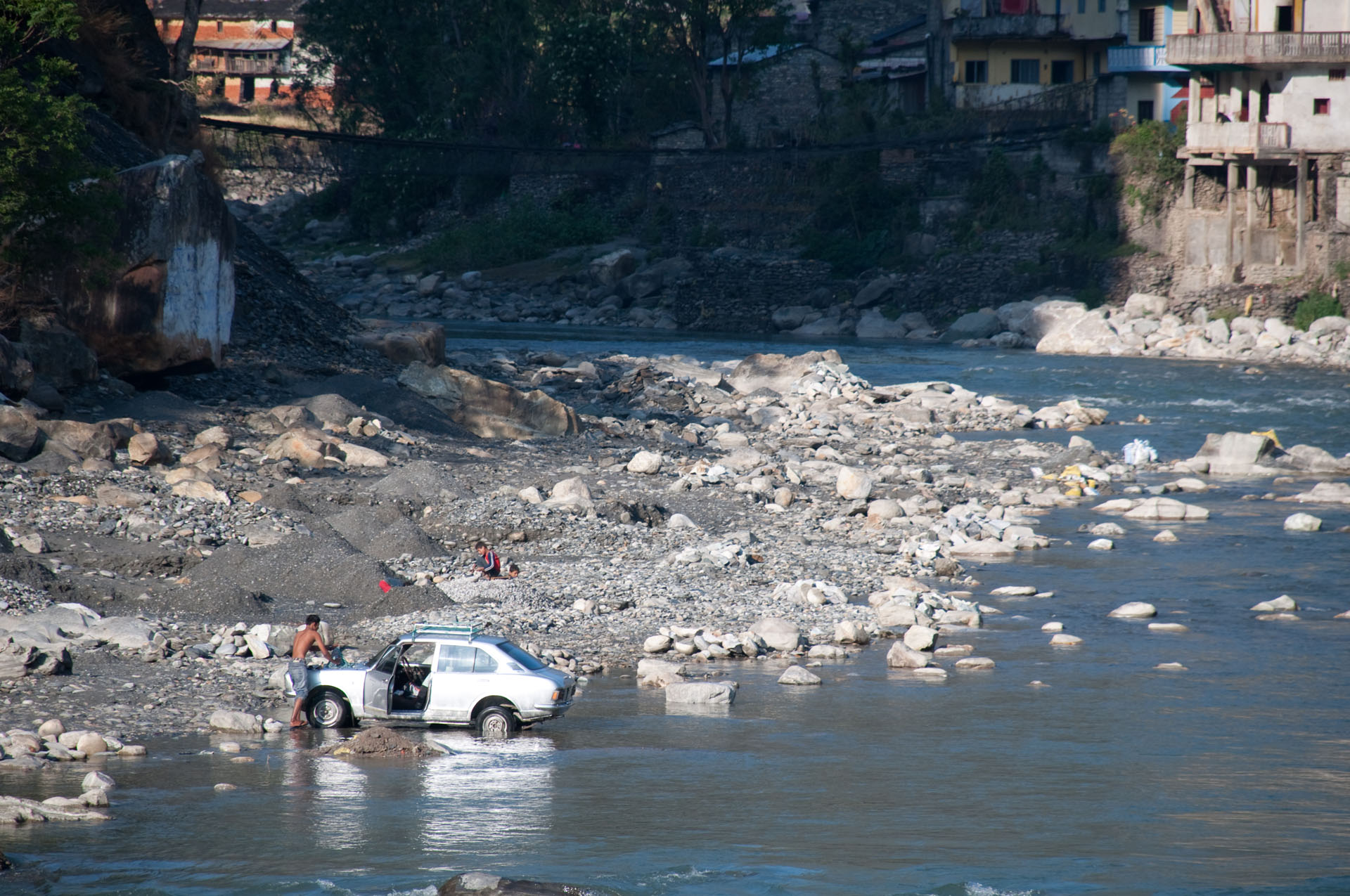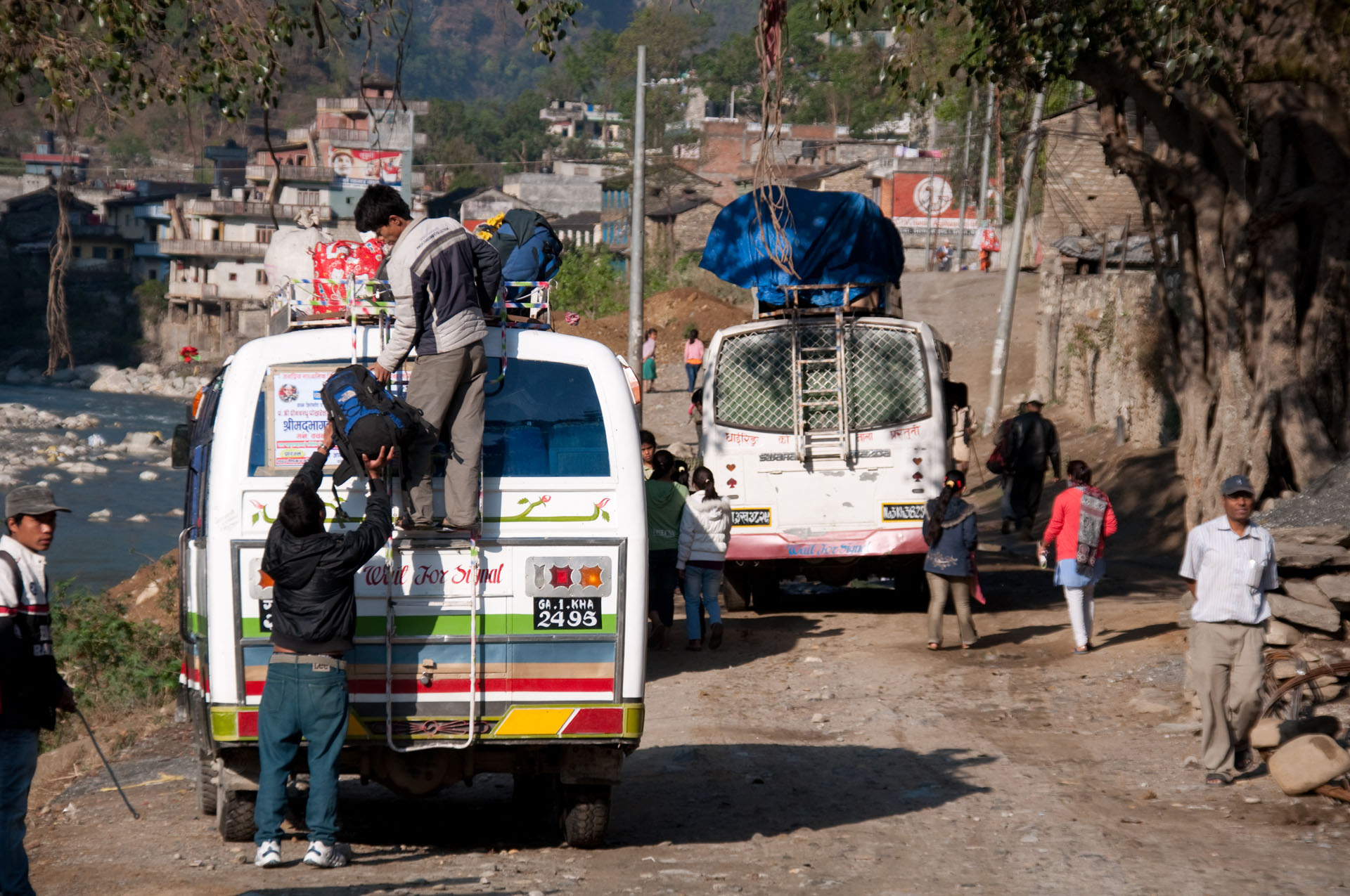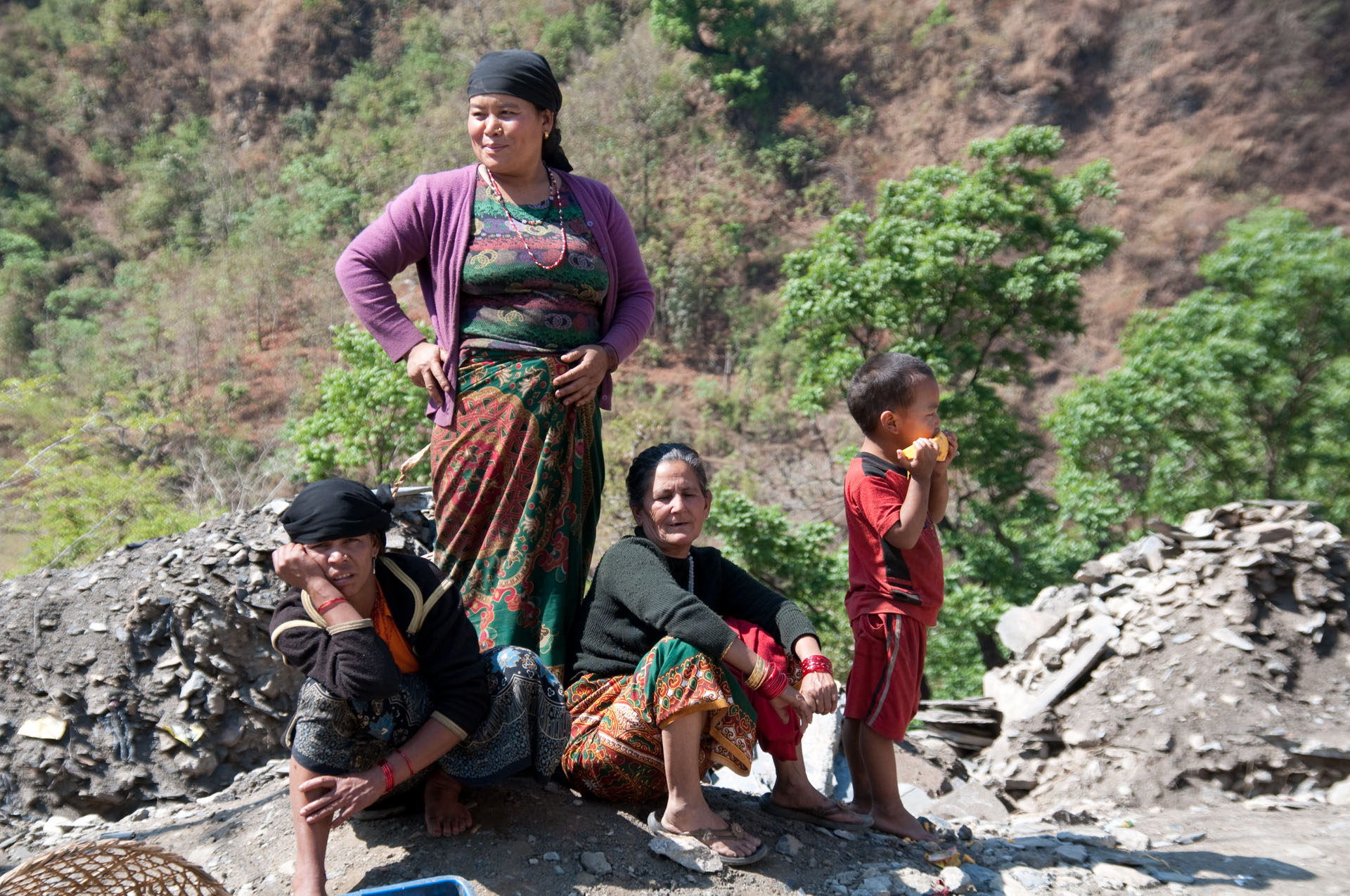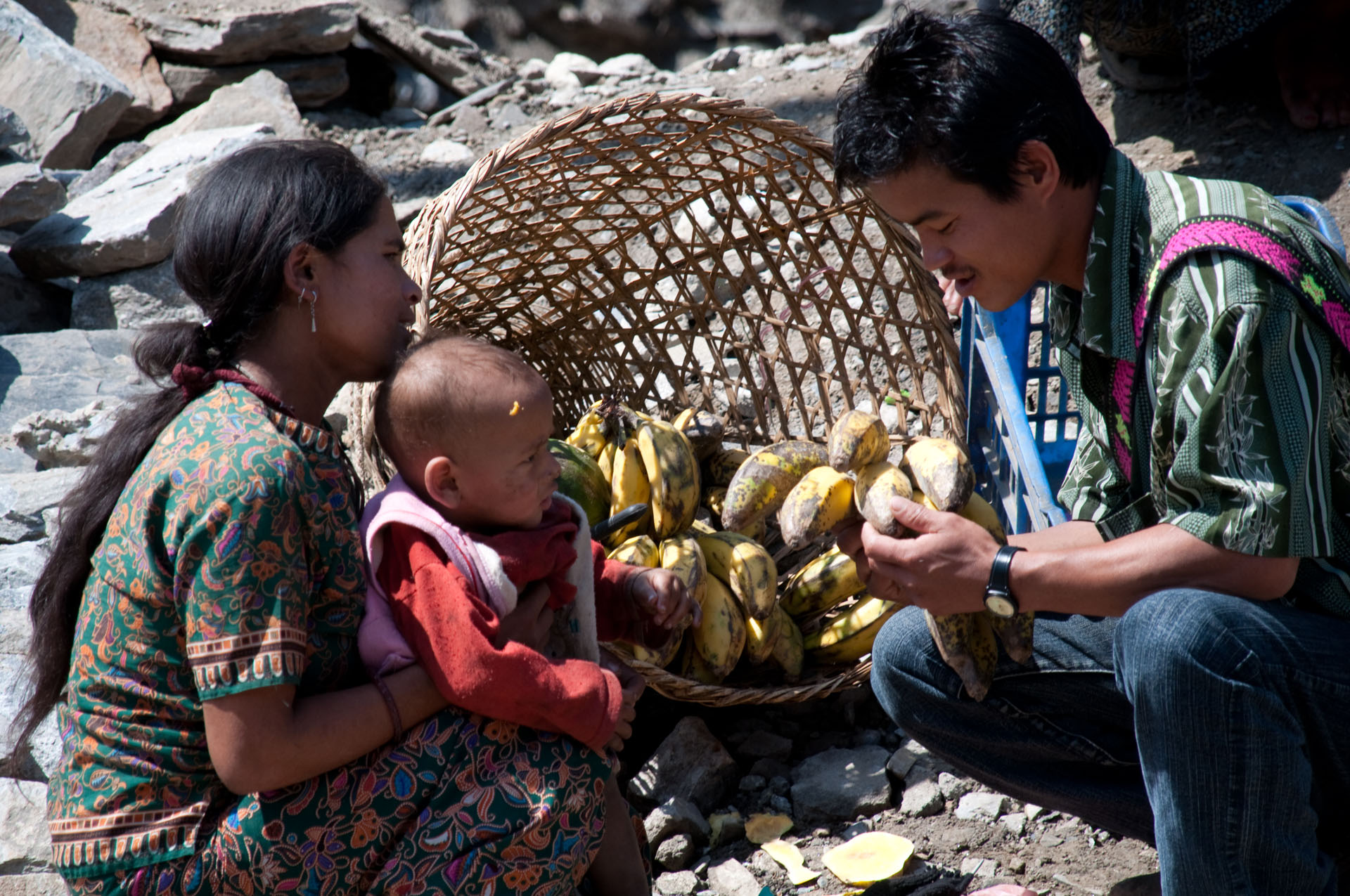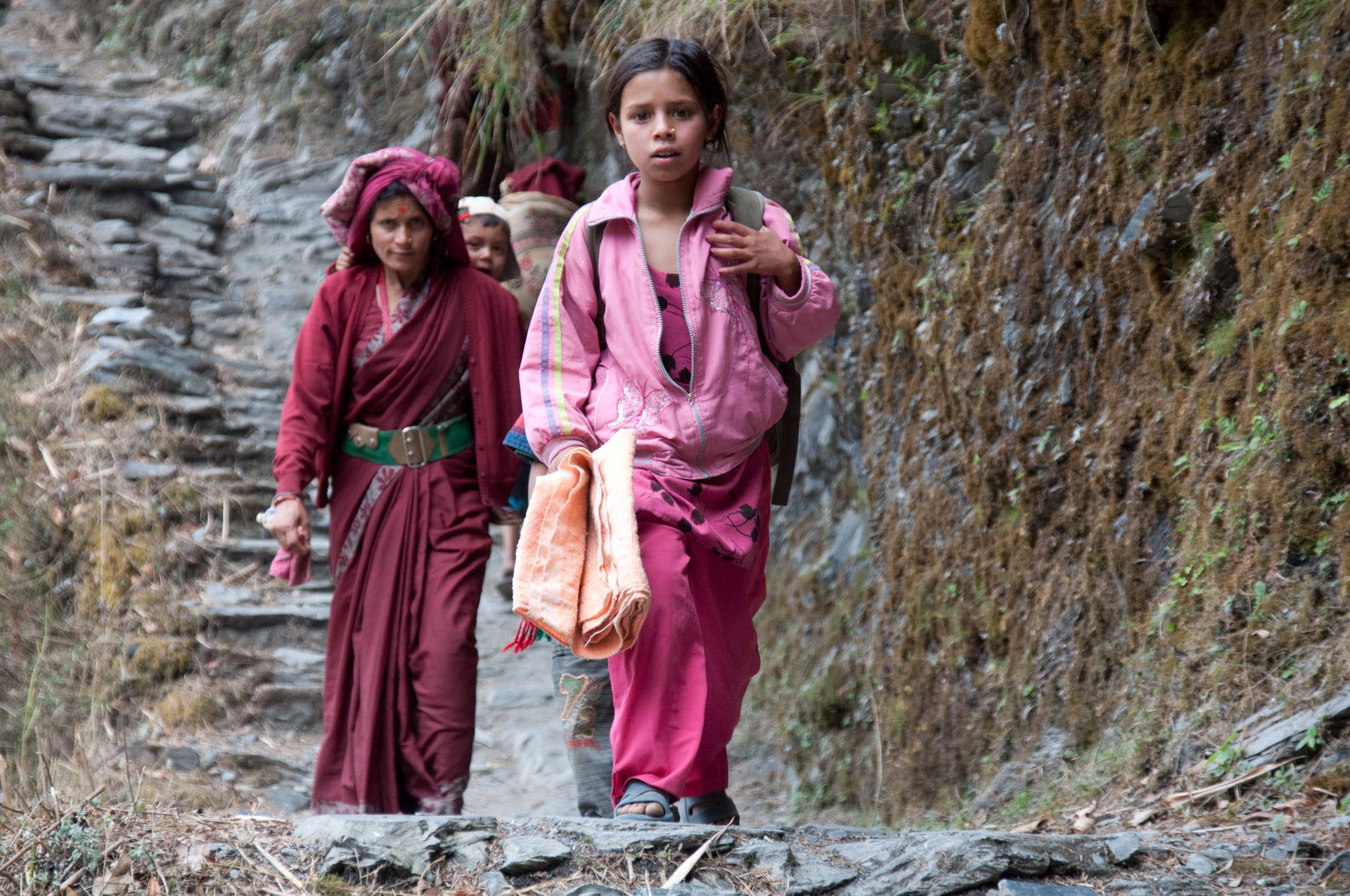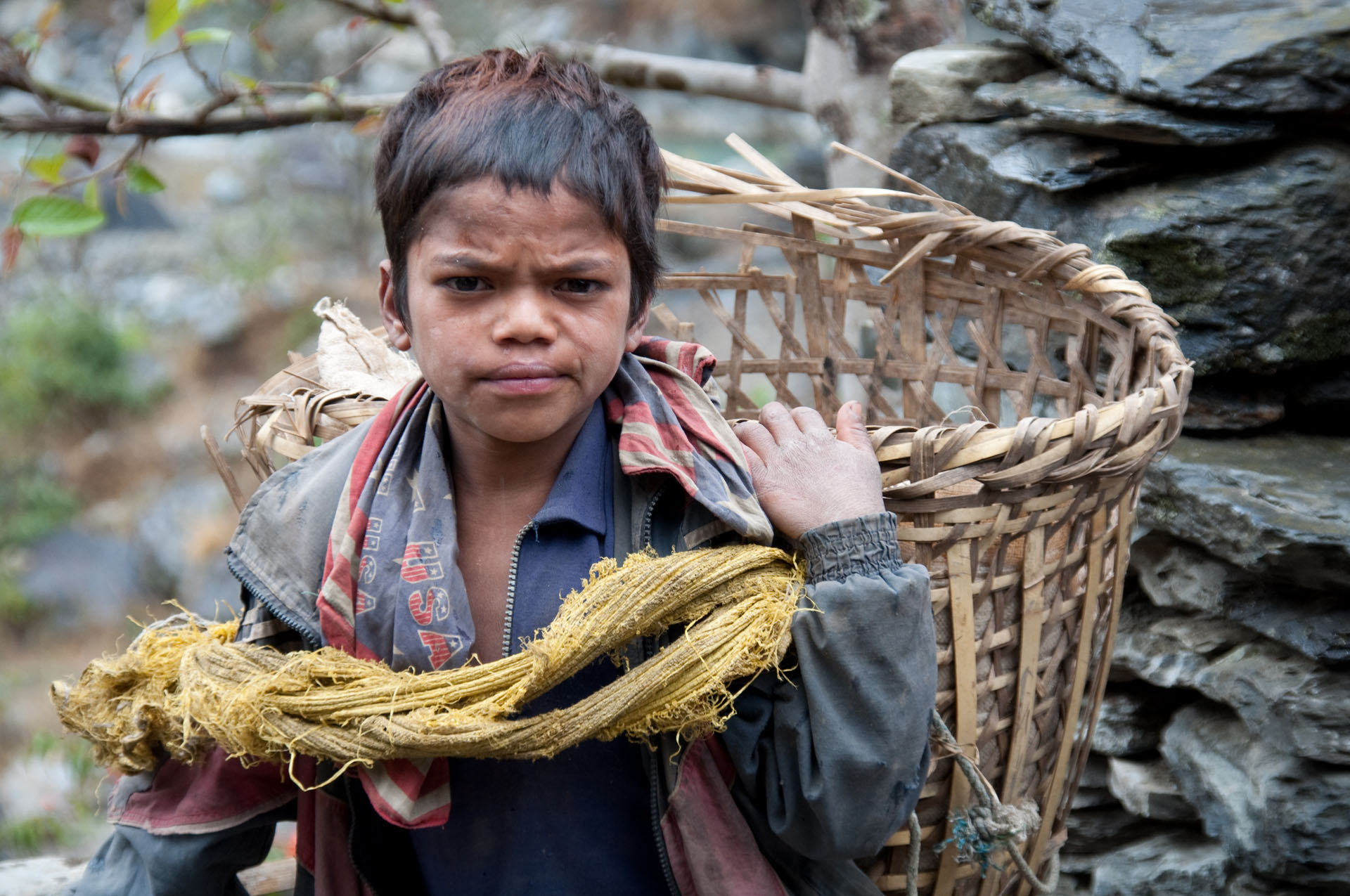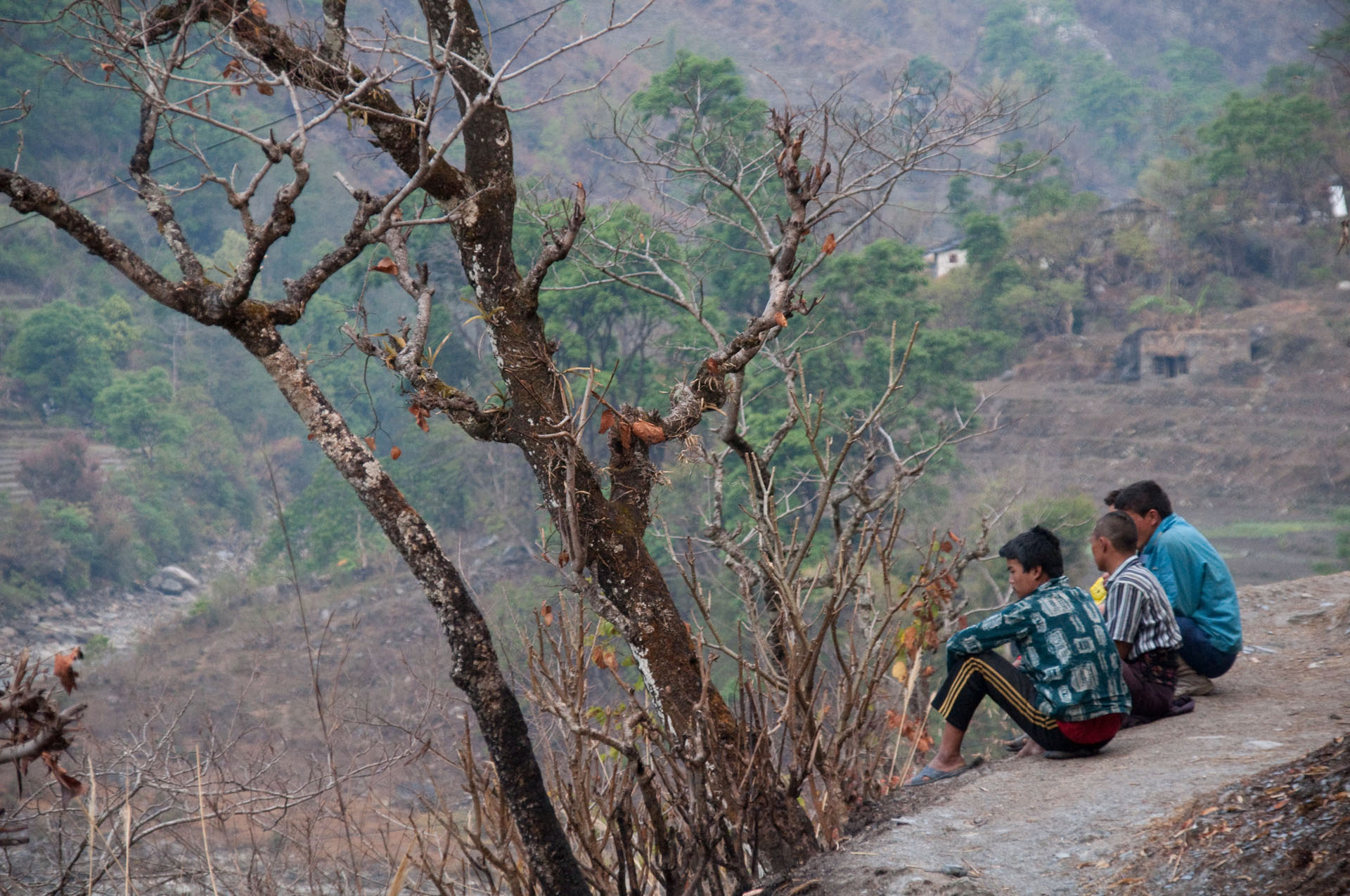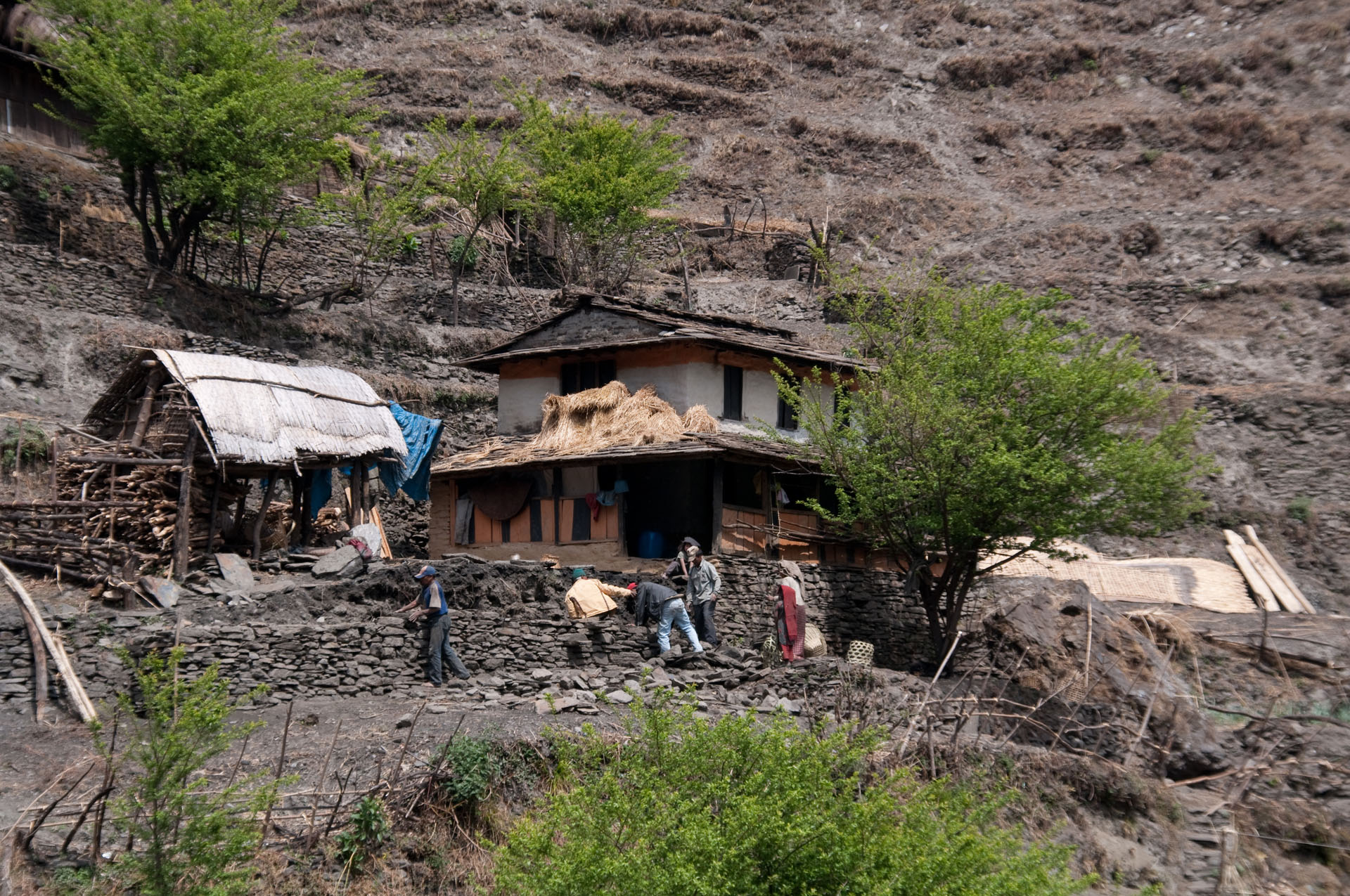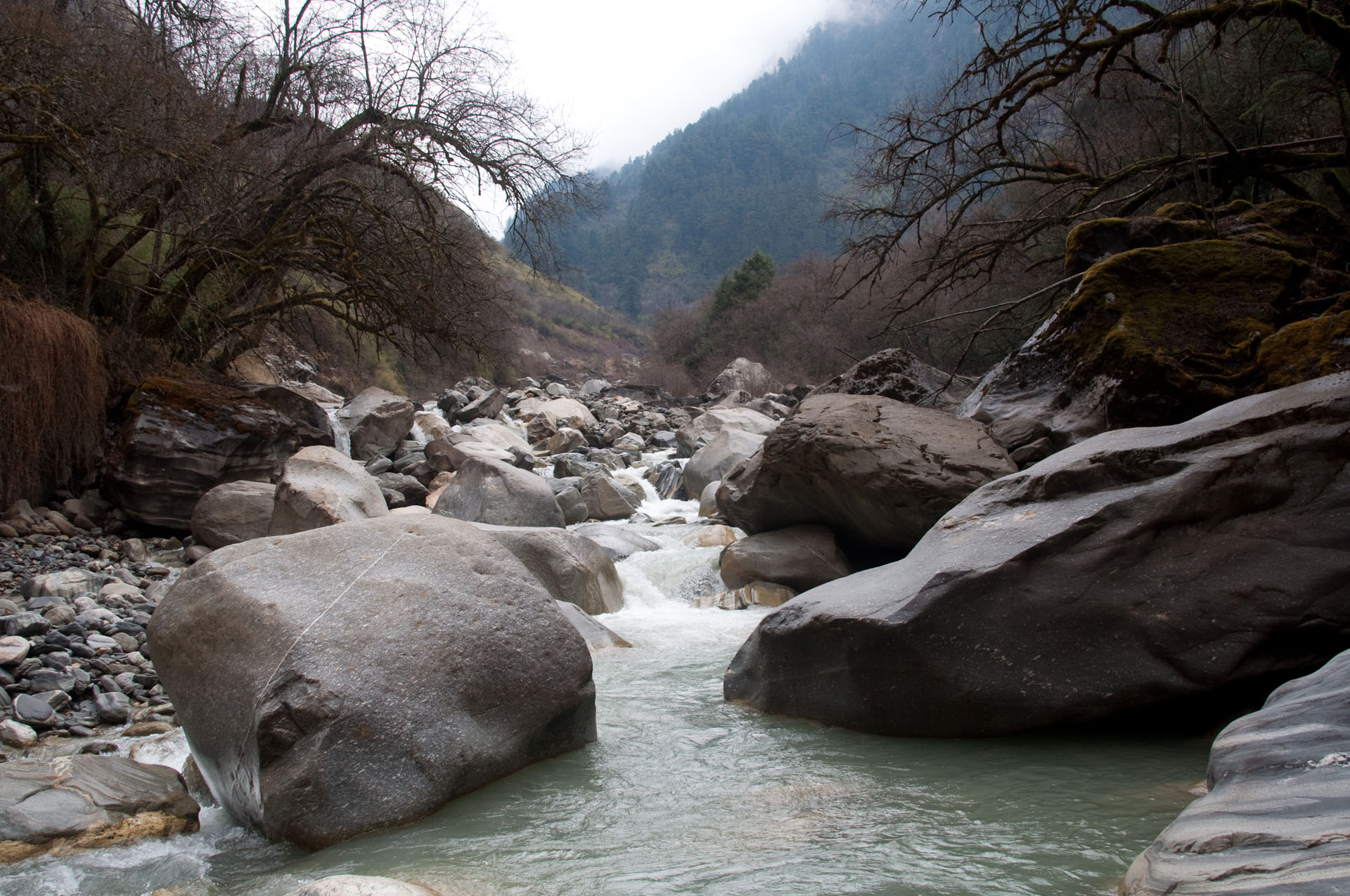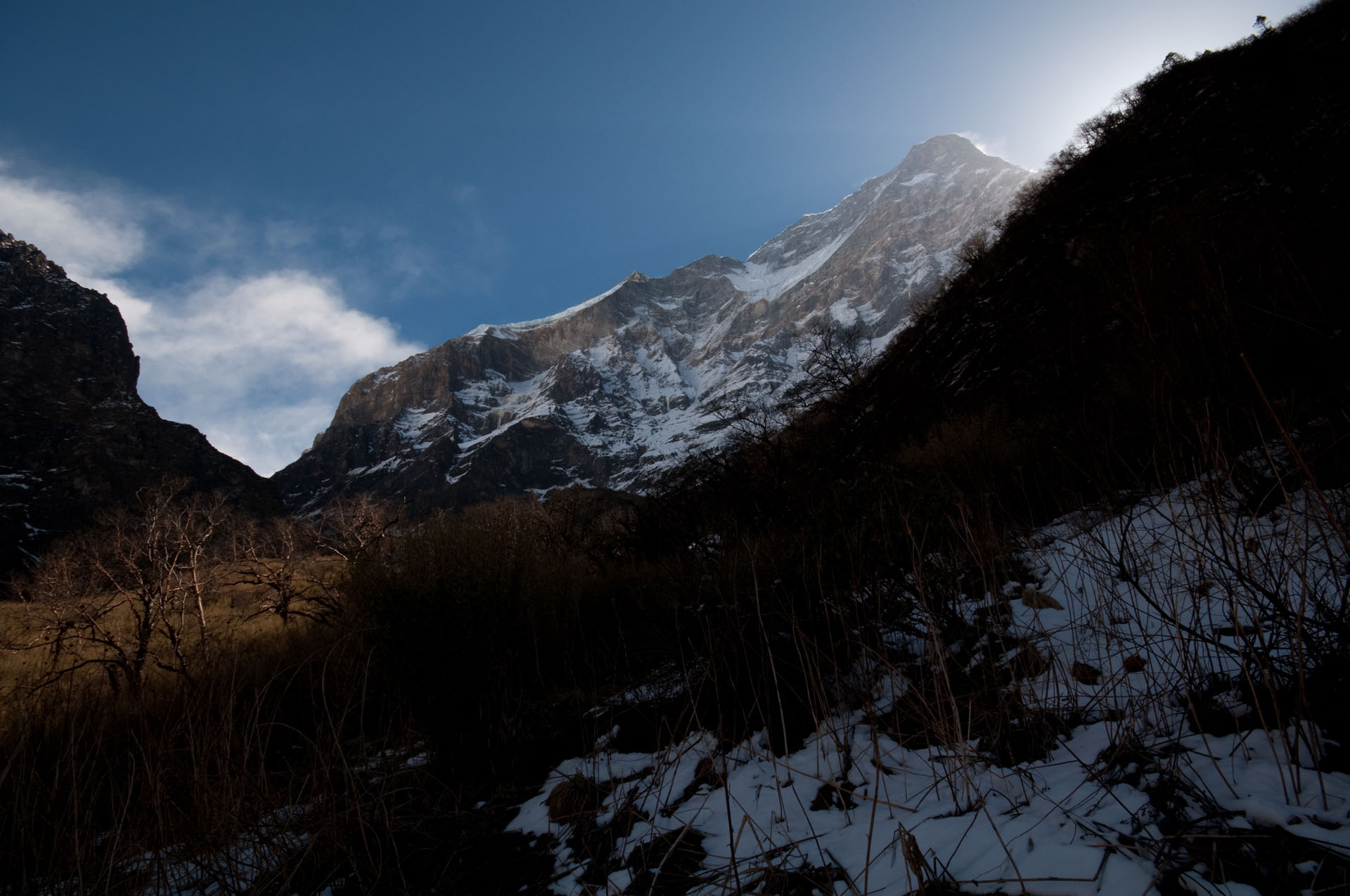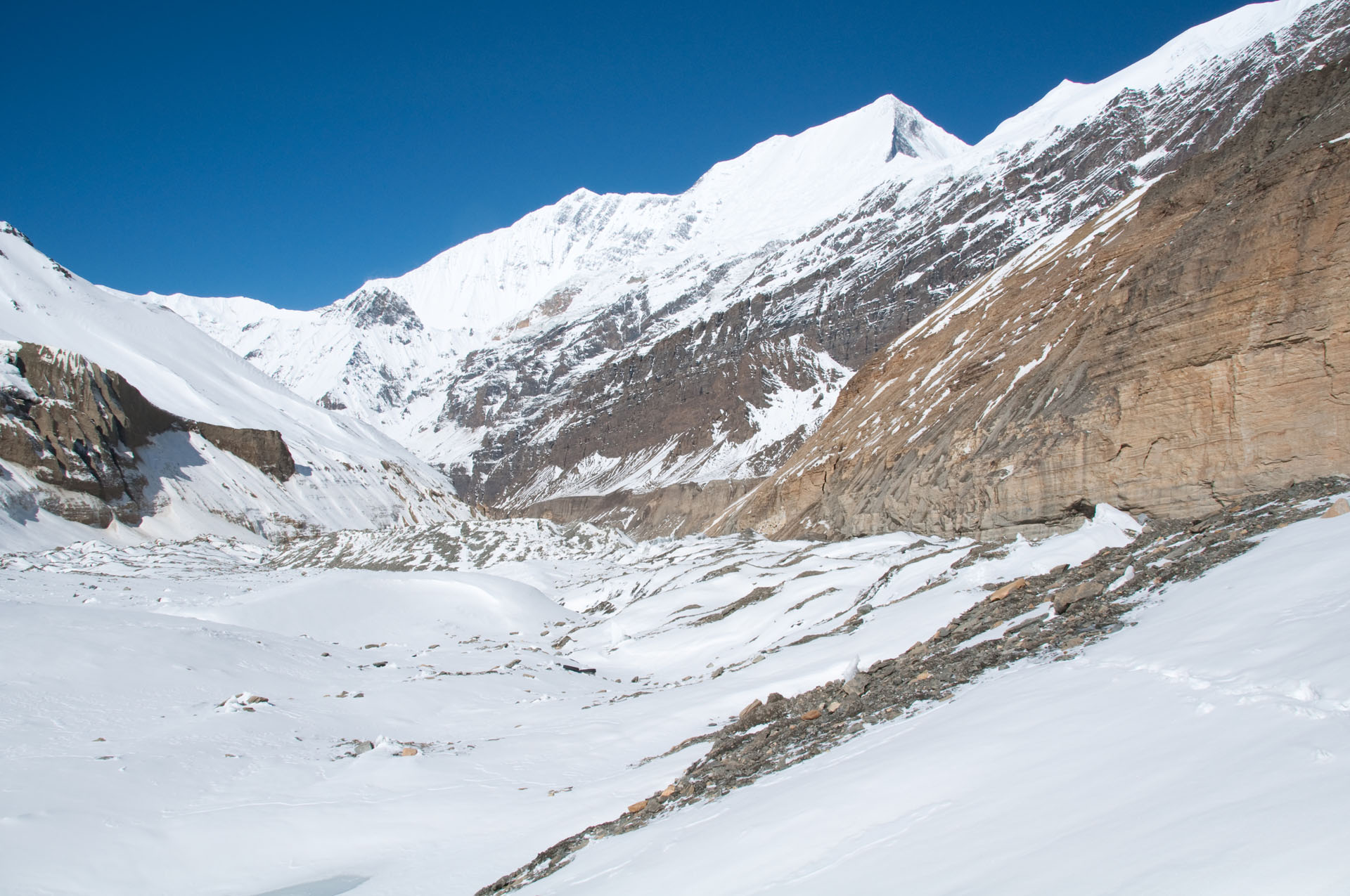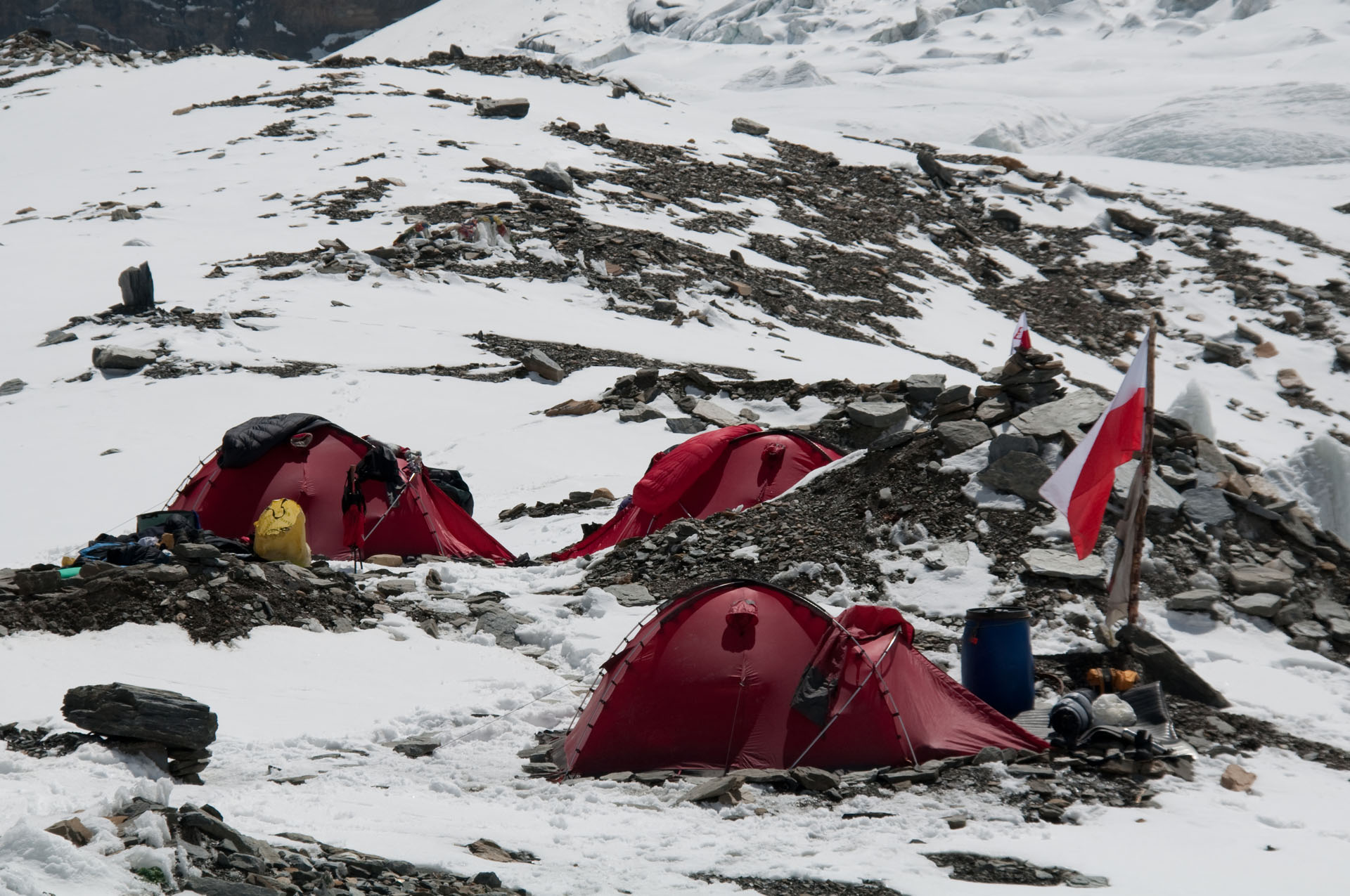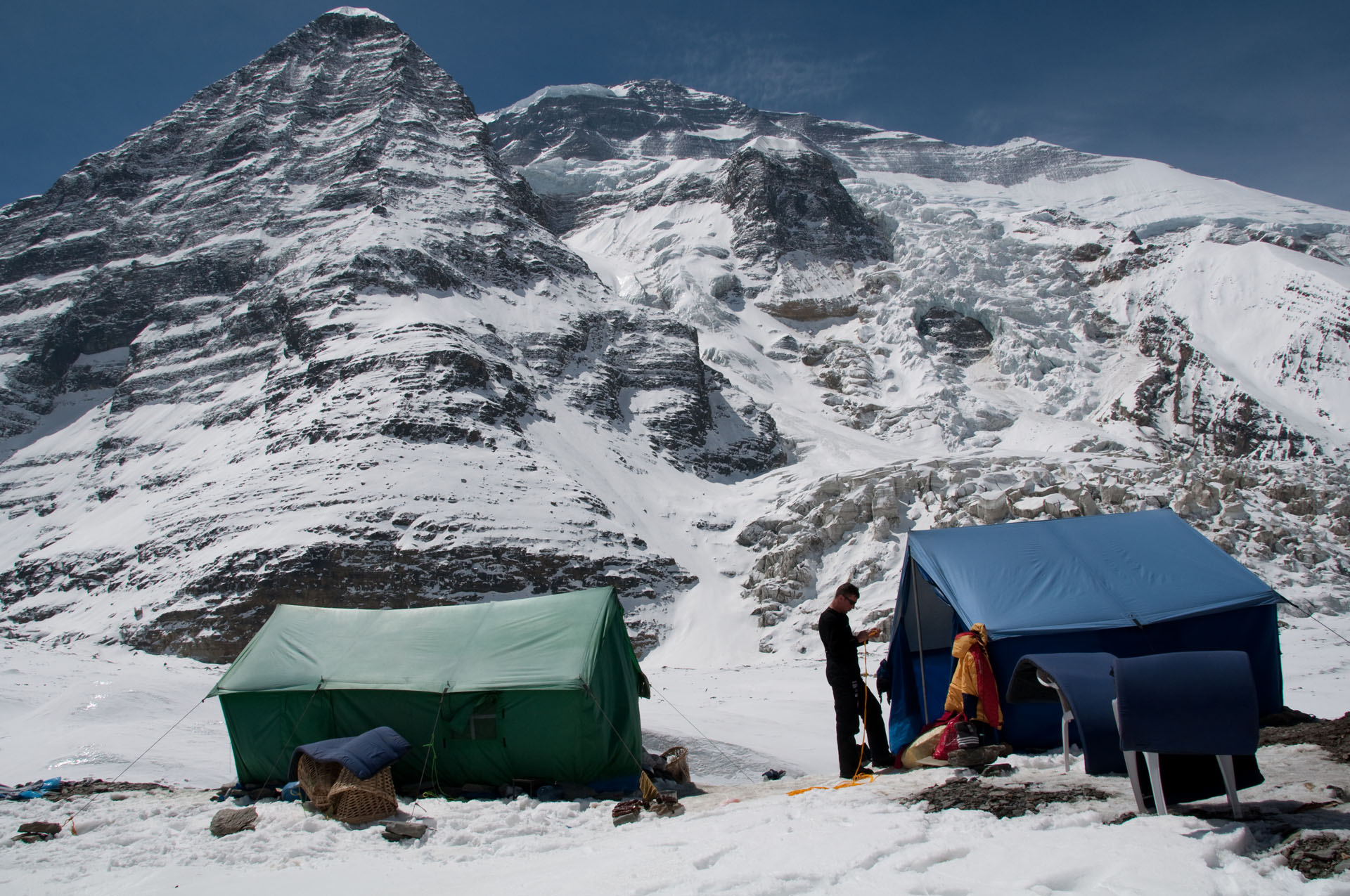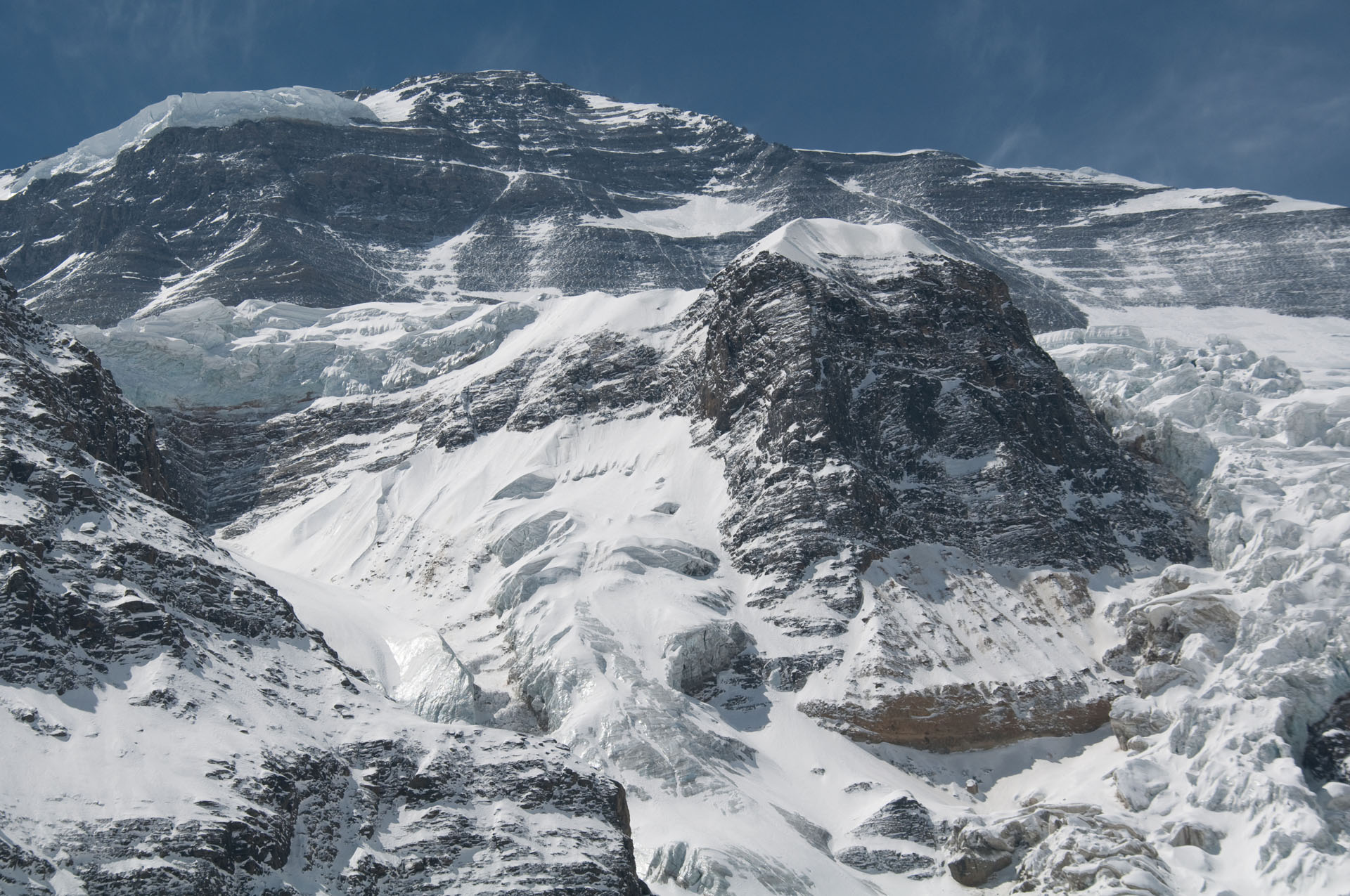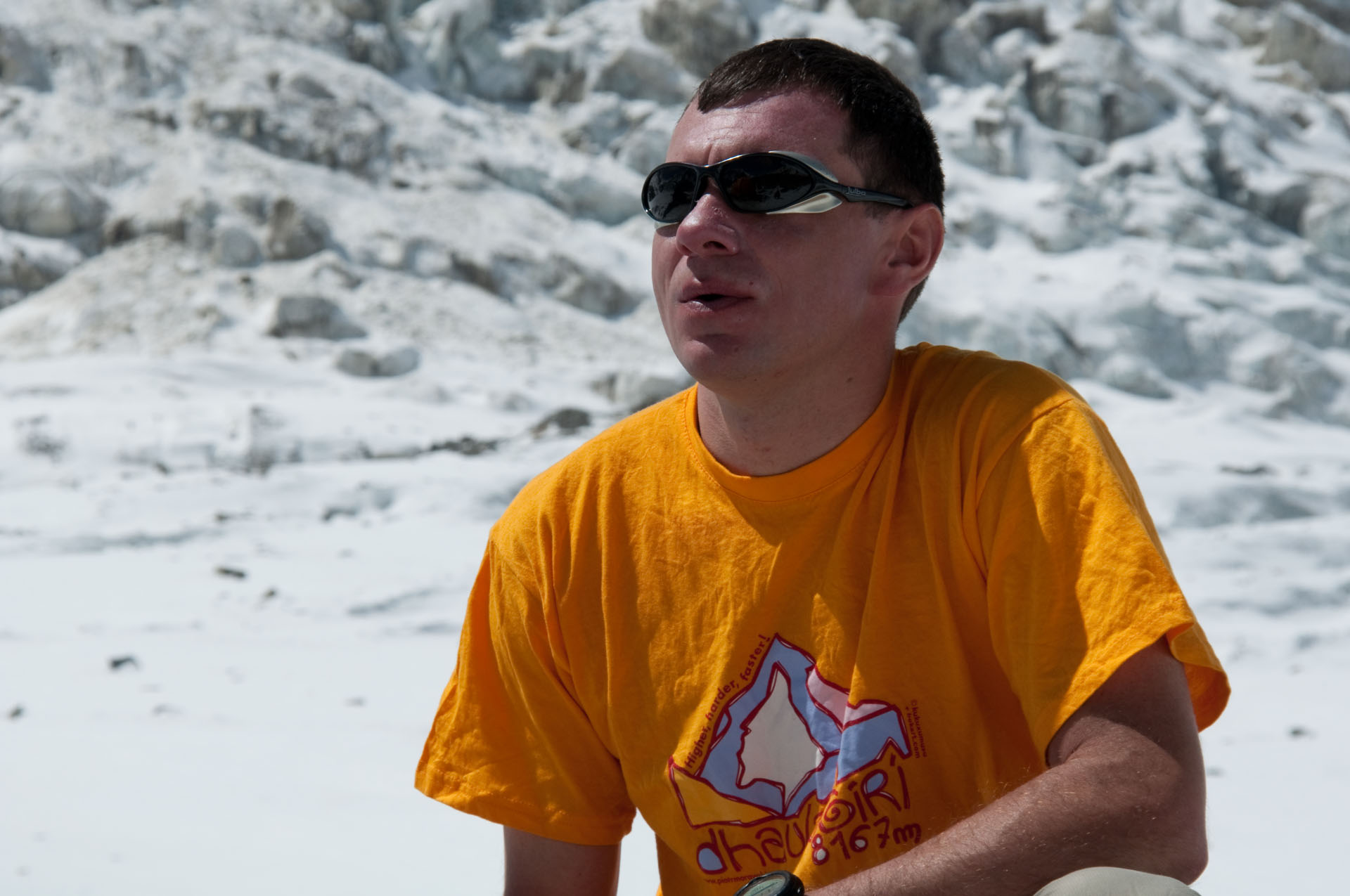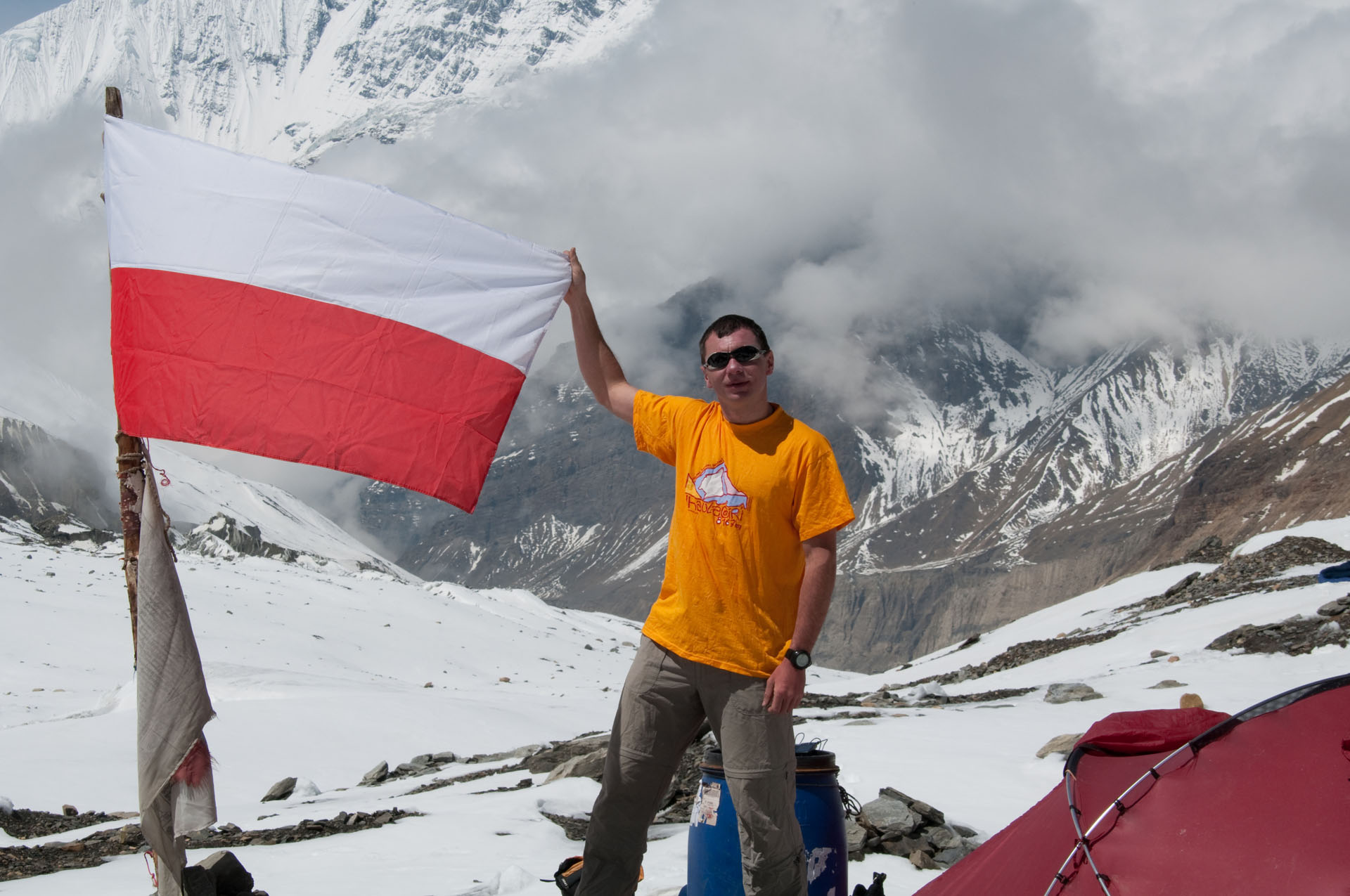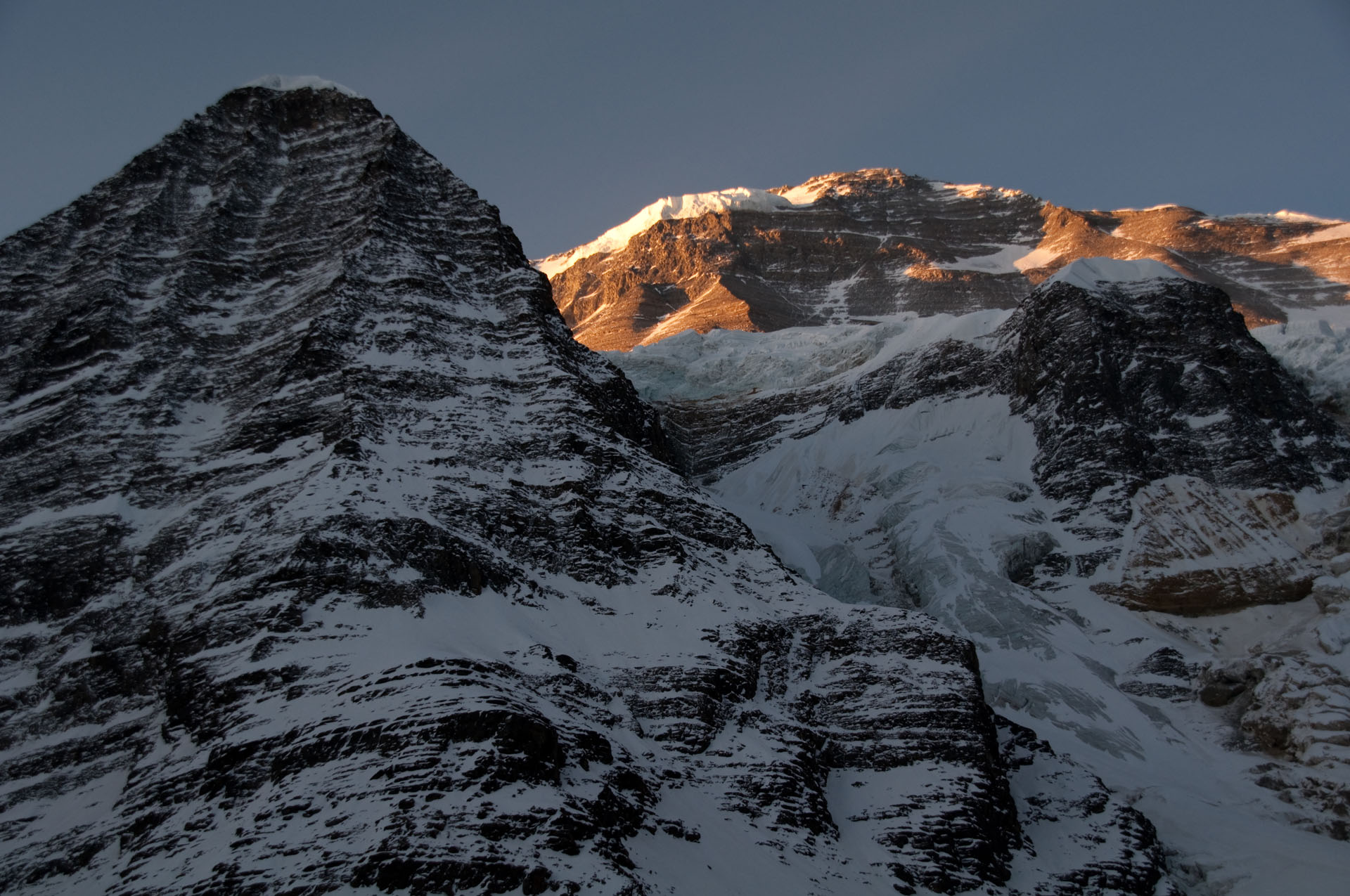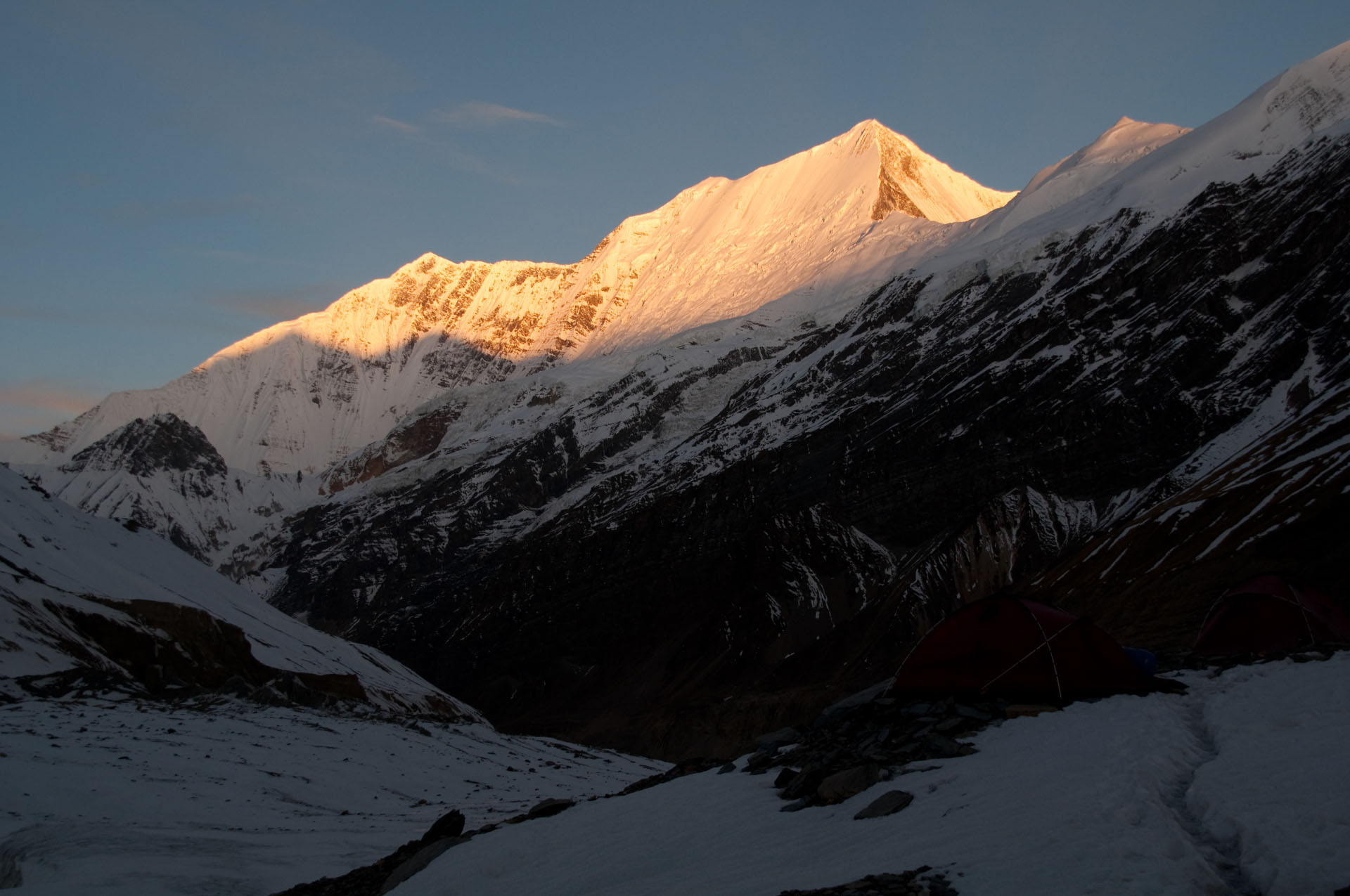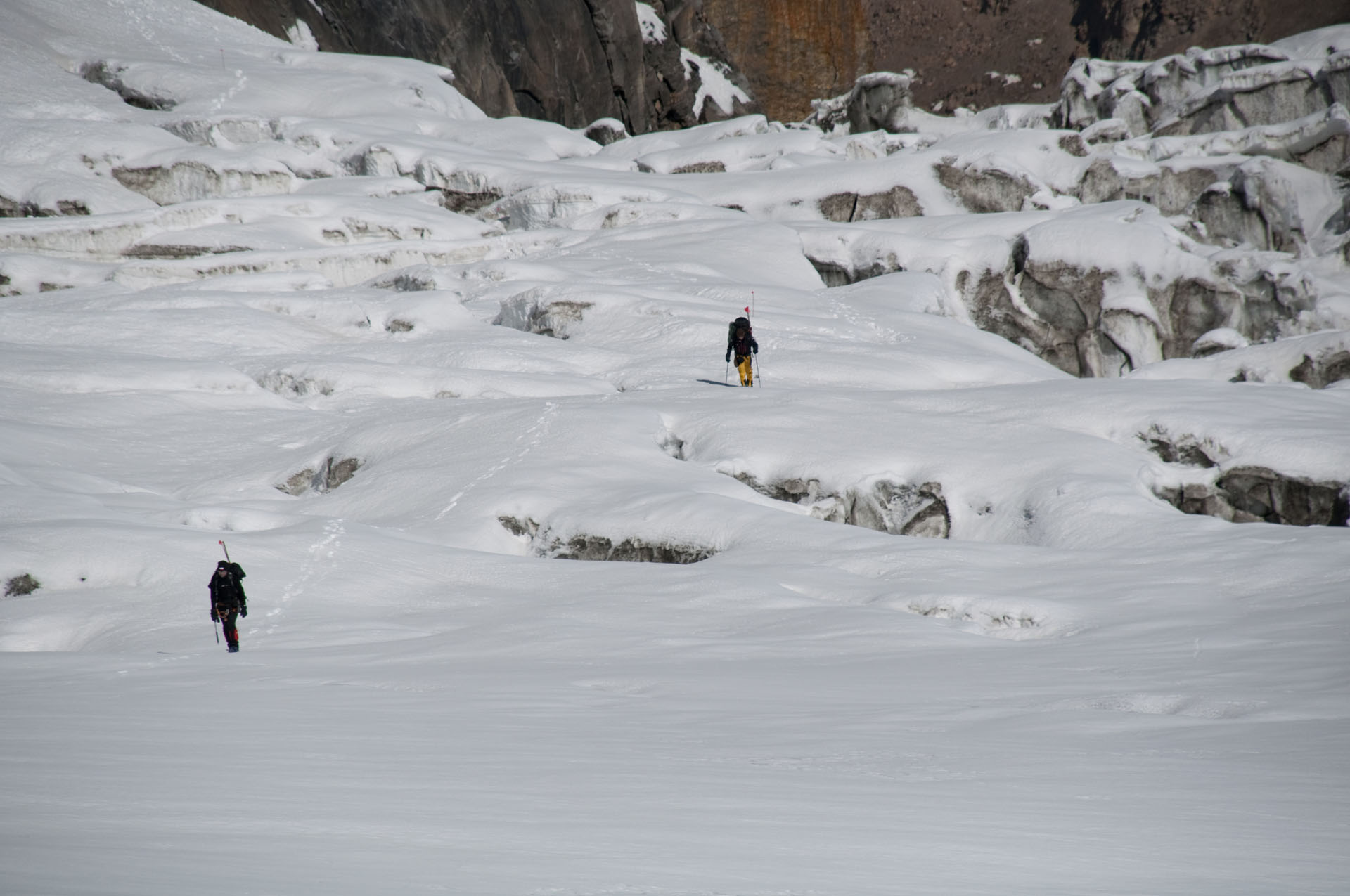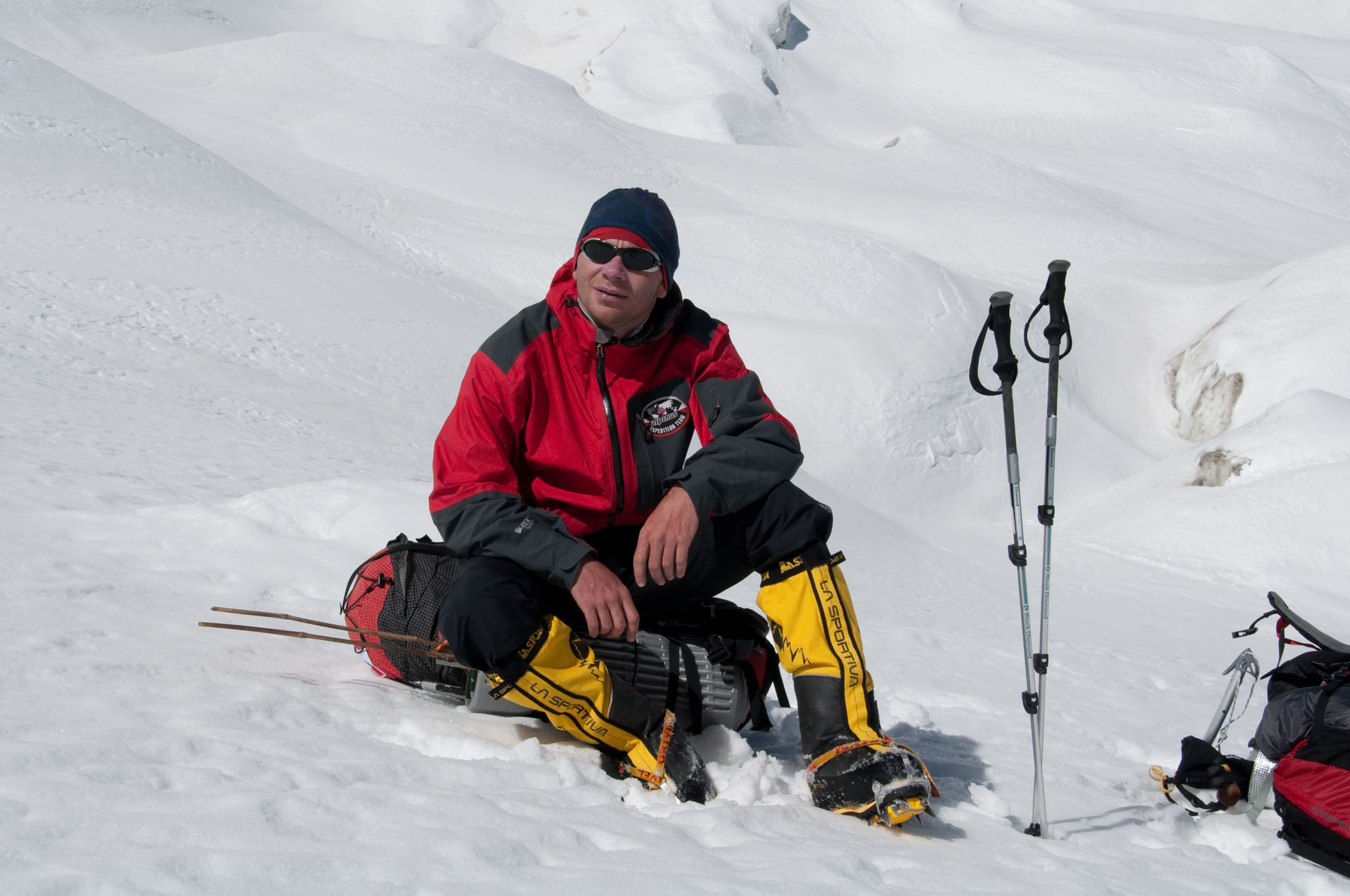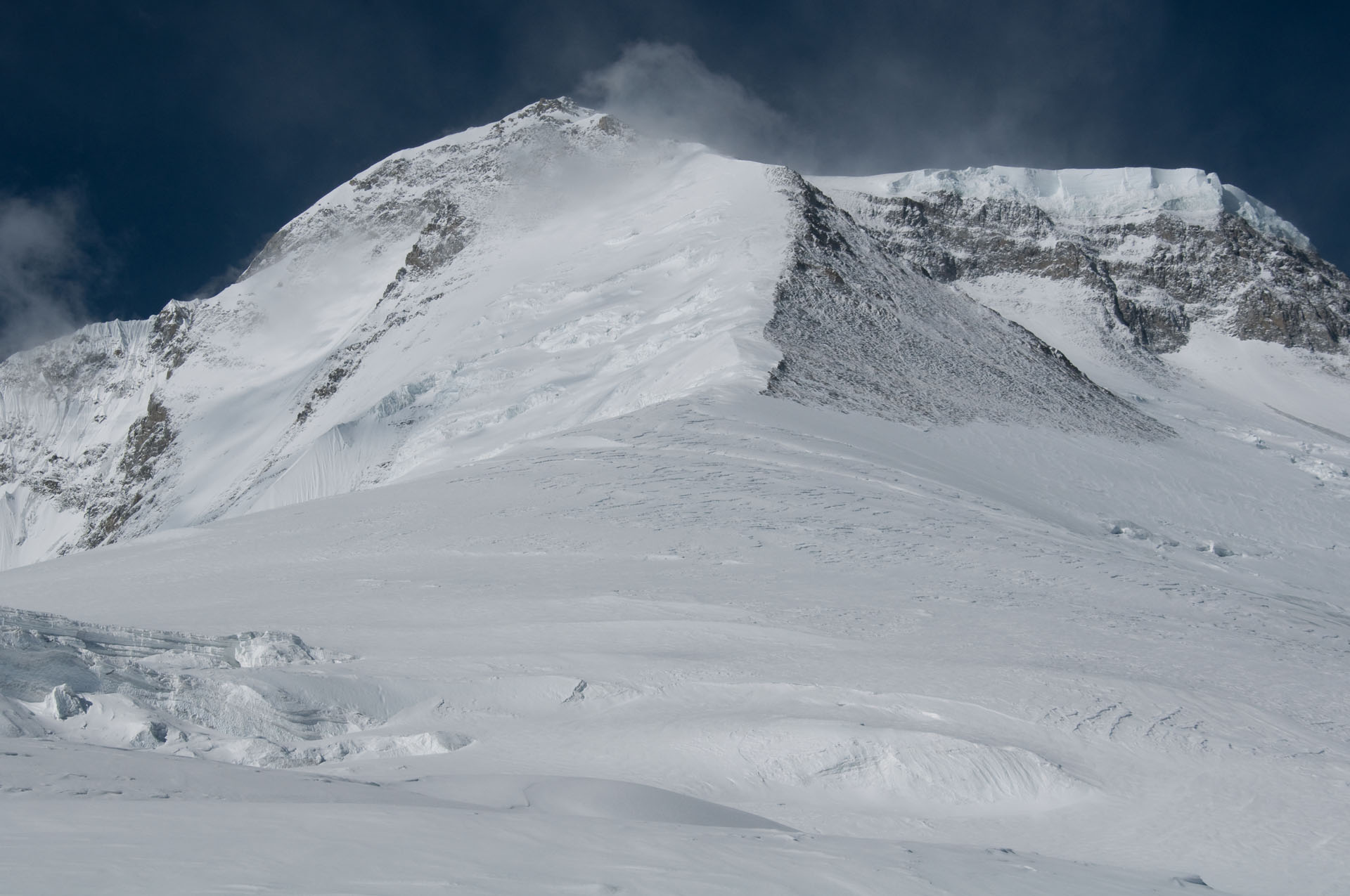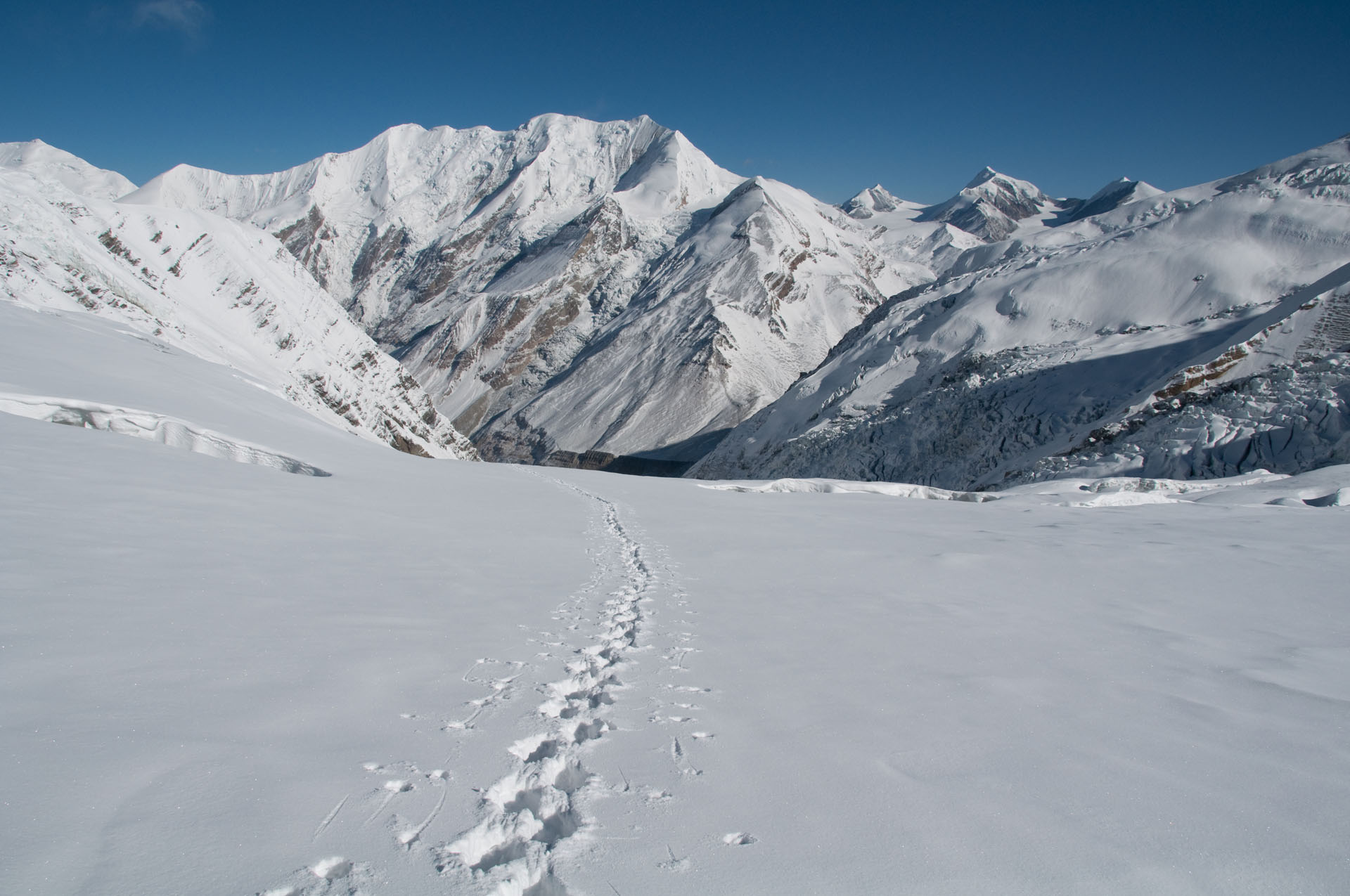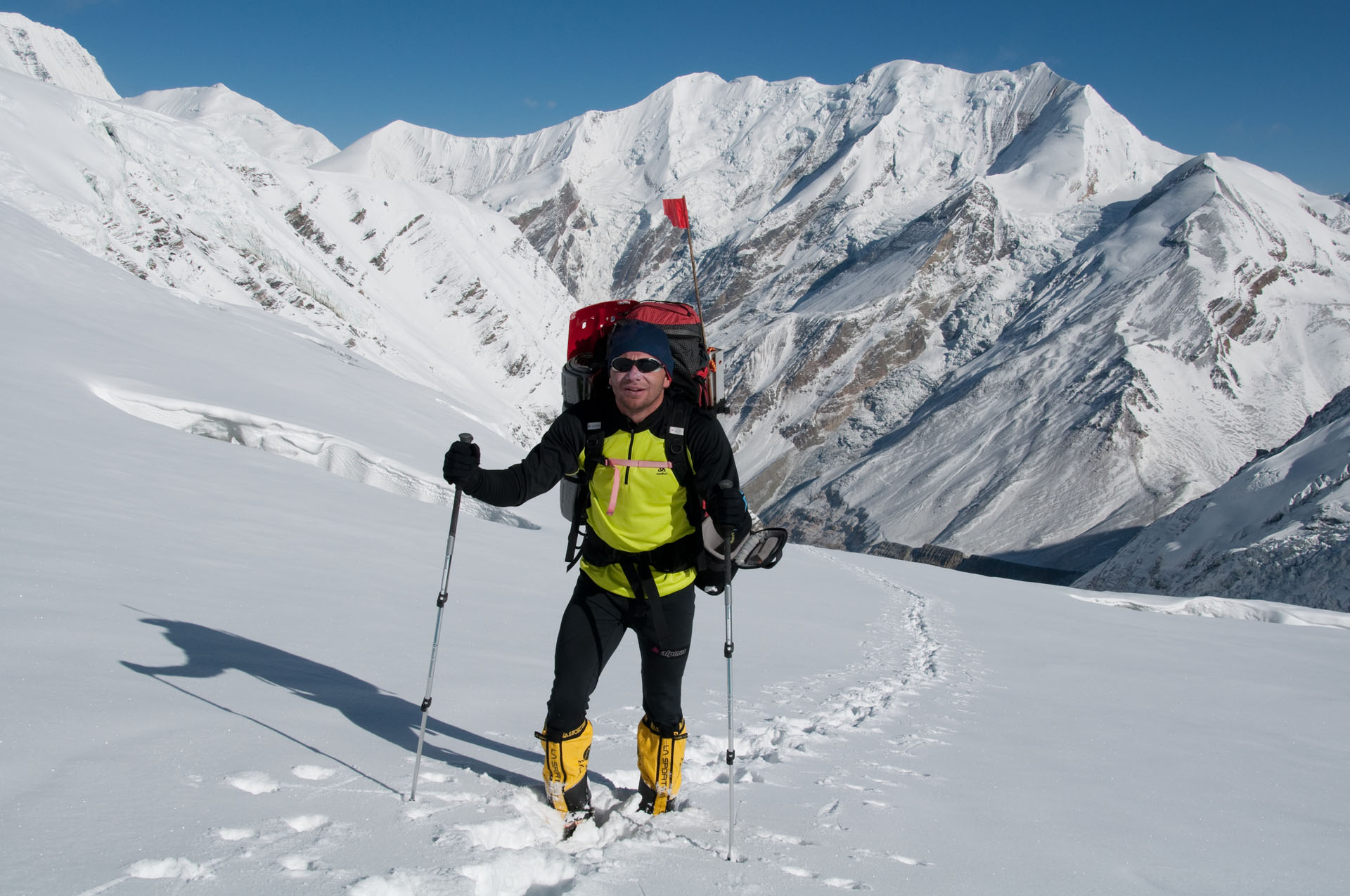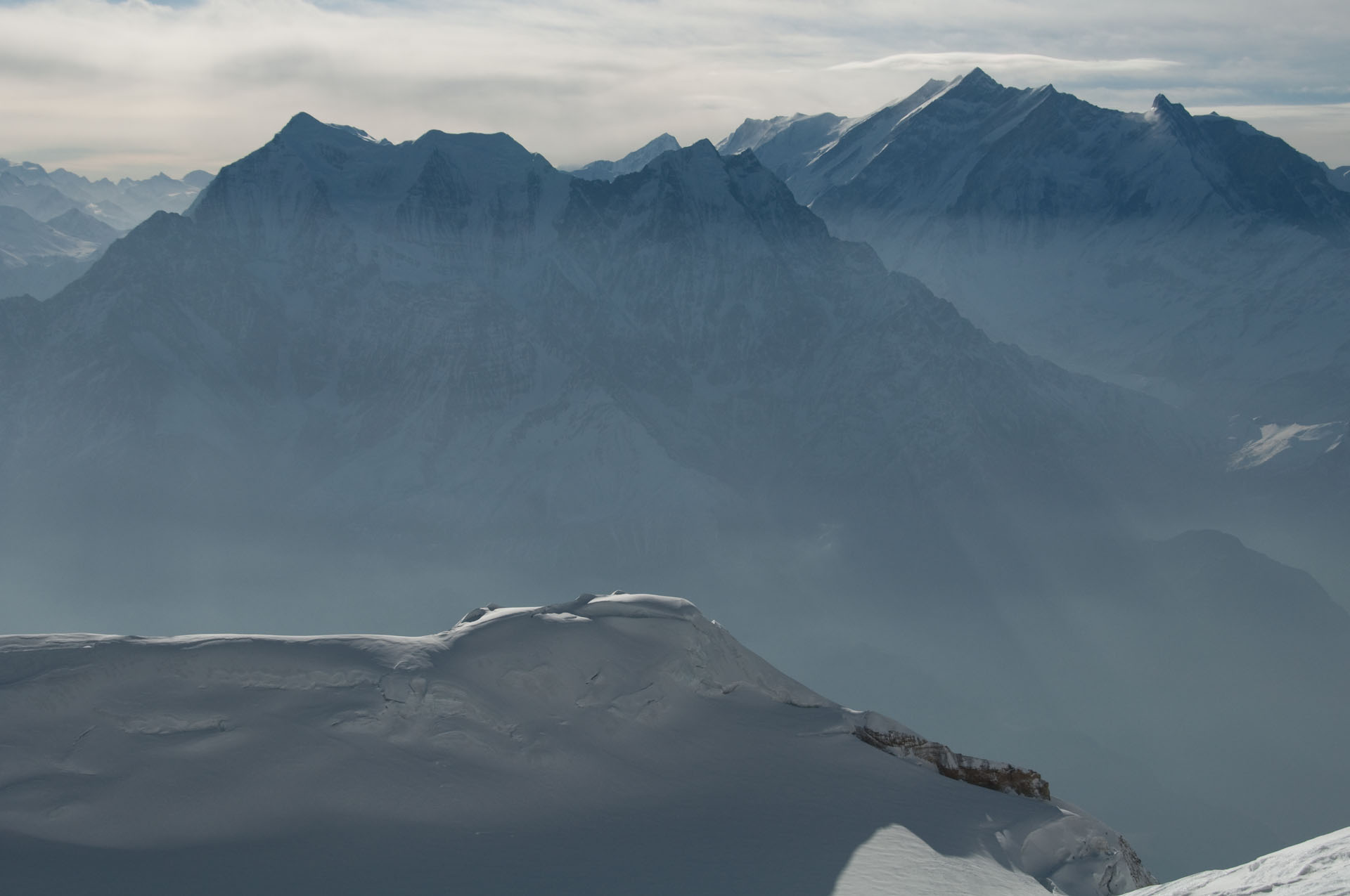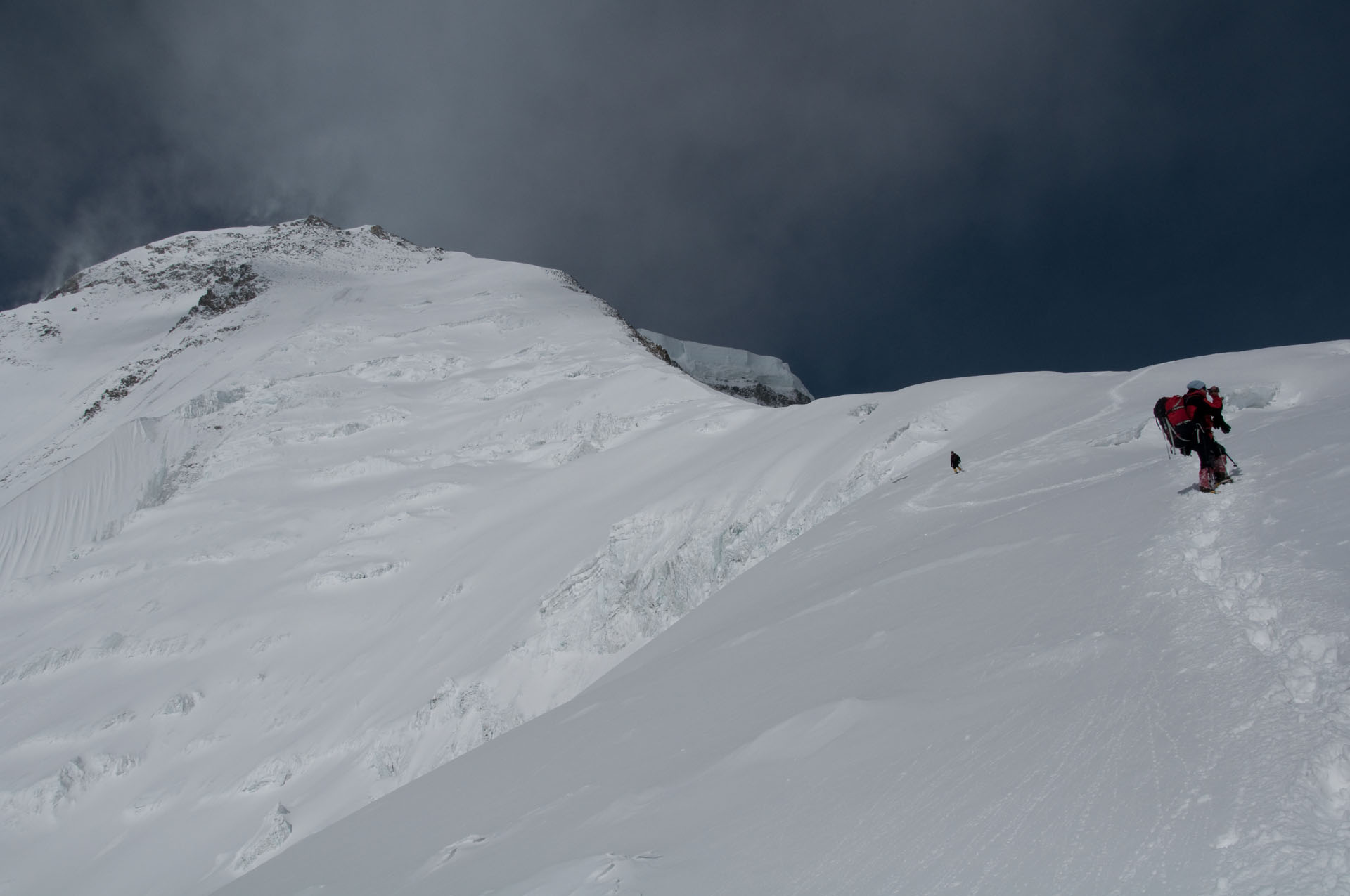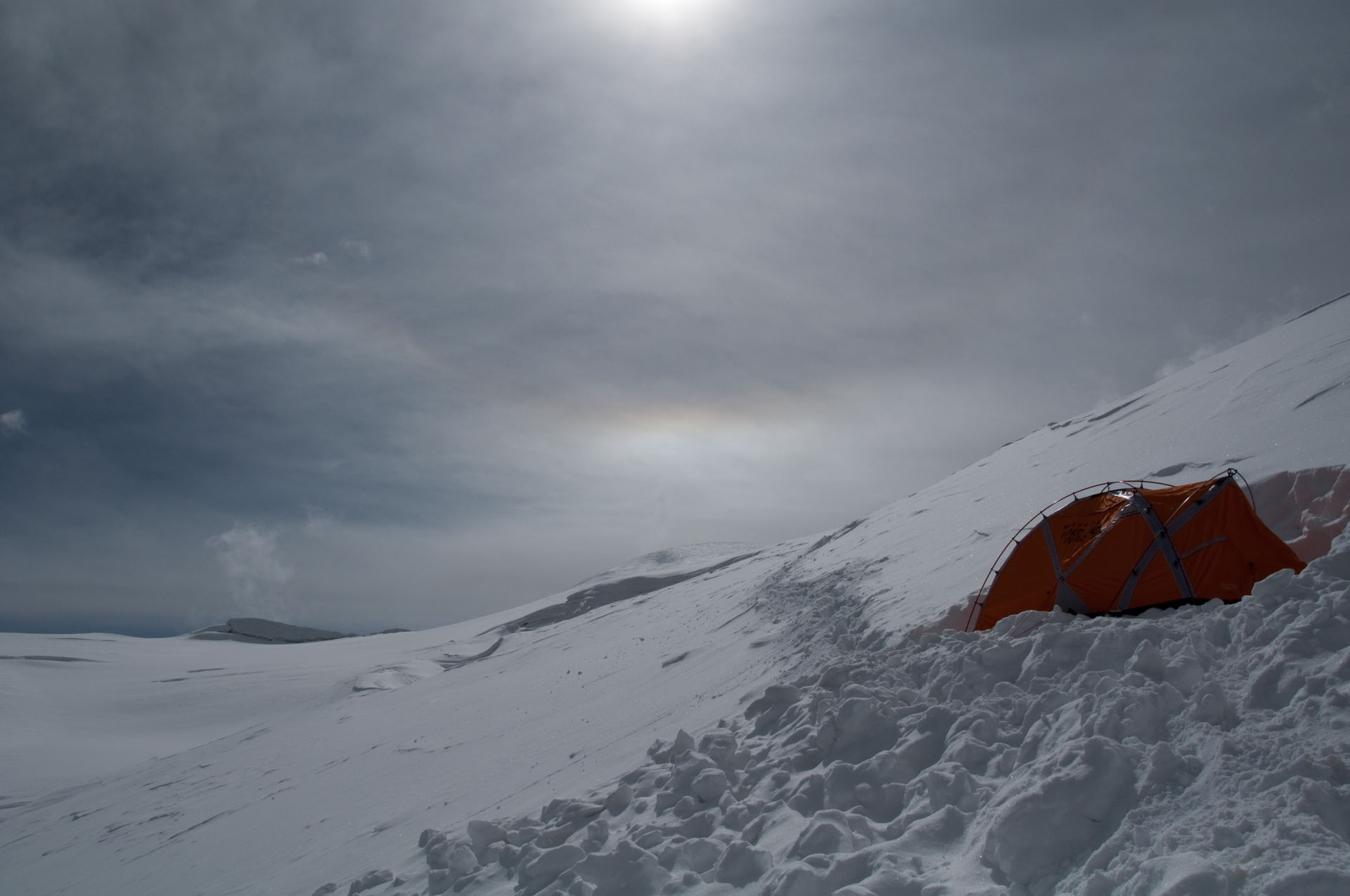Dhaulagiri
2009
The expedition continues the Himalayan Triptychs, which took place in 2006 and 2008. It's also a logical continuation of the route in the Himalayas chosen by the Morawski-Hamor team: tackling rarely visited routes on eight-thousanders or seeking out their own routes.
Dhaulagiri is intended for acclimatization before the main goal - a new route on Manaslu. Dhaulagiri can be translated as "White Mountain" and lies in the western part of the Kali Gandaki valley, about 33 km from the neighboring Annapurna. It is the seventh highest mountain in the world, first conquered by Kurt Diemberger, Ernst Forrer, Albin Schäbert, and Sherpas: Nima Dorjee and Nawang Dorjee in 1960. Acclimatization will involve actions on the normal route. If conditions permit, the team will attempt the northwest face via the Japanese route. Then the expedition will move as quickly as possible to the west face of Manaslu. Manaslu is the eighth highest mountain in the world. Its name comes from the Sanskrit word "manasa," which means soul. It is the highest peak of the Gurkha Himal. Considered a sacred mountain in Nepal, climbers often stop a few meters below the summit to respect the deity prevailing on Manaslu. First conquered in 1956 by the Japanese Toshio Imanishi and the Nepali Gyalzen Norbu Sherpa. Our goal is to establish a completely new route on the west face. Many years of climbing in the Himalayas lead us to this point: to start creating our own routes in the best possible style. The base below the west face is located on the Thulaga glacier. Probably only two expedition participants and a cook will be at the base. This area is very rarely visited by expeditions.
[Edit] Piotr Morawski died during the expedition to Dhaulagiri, he never reached Manaslu.
Expedition date
March 18, 2009 - May 25, 2009
Team members
Piotr Morawski
Peter Hamor
Anna Czerwińska
Justyna Szepieniec
Zbyszek Bąk
Altitude reached
8167 m
Description of the expedition
→
